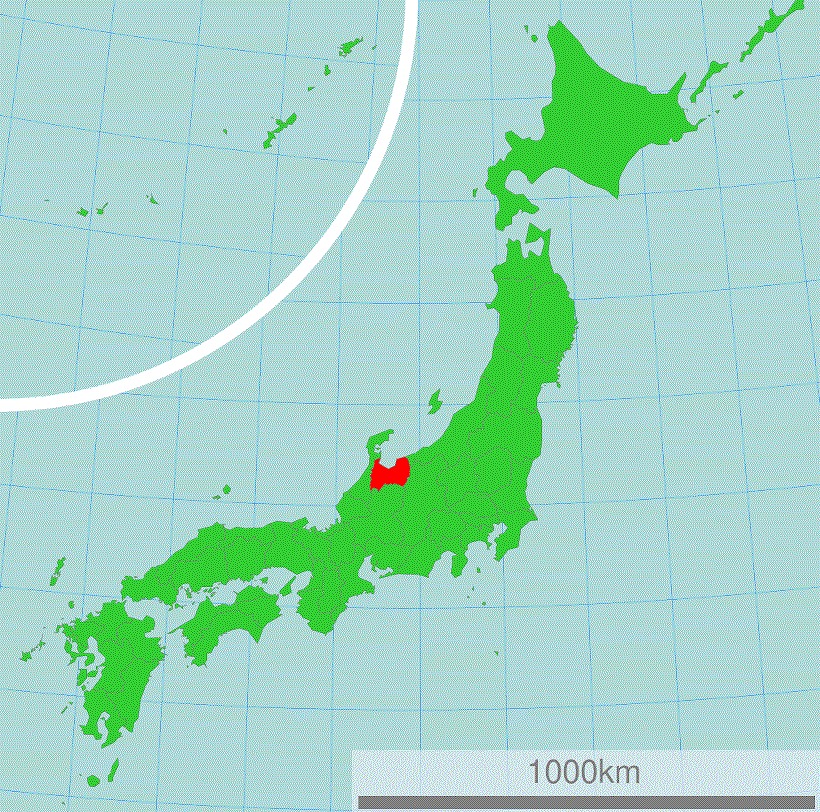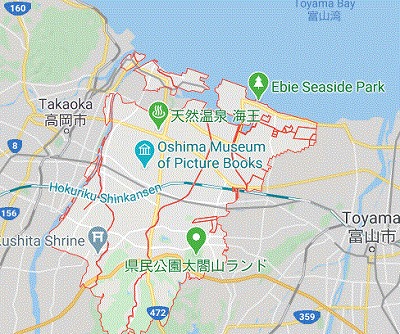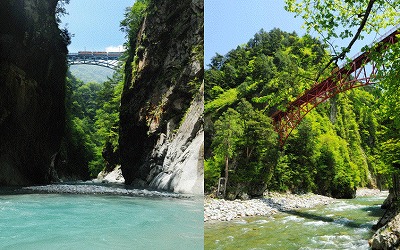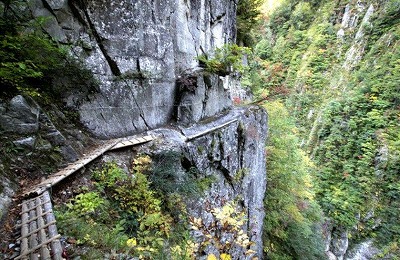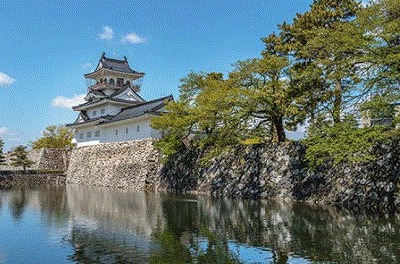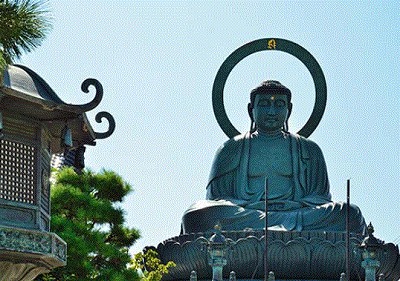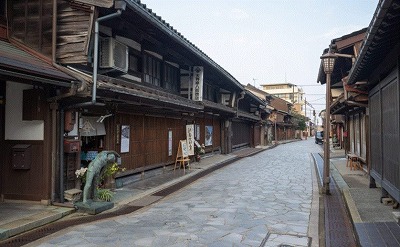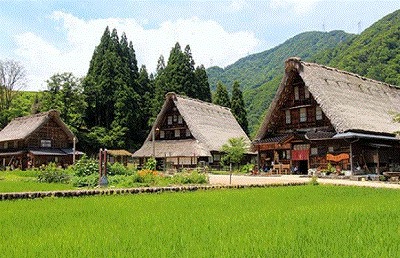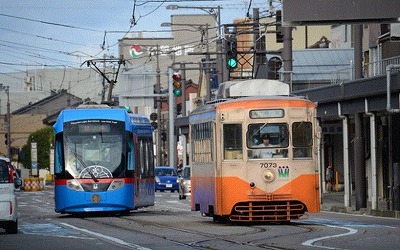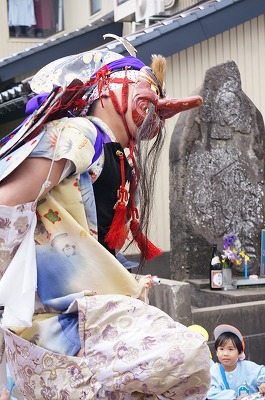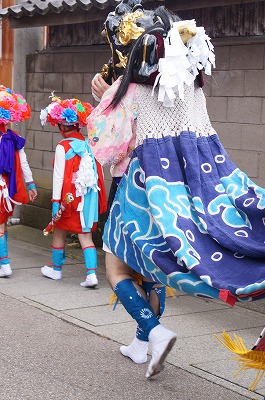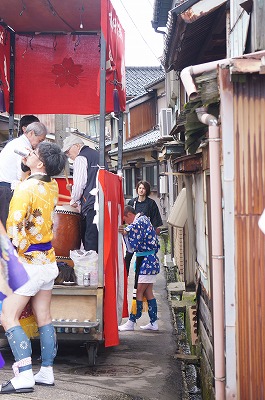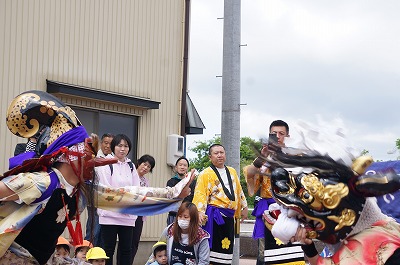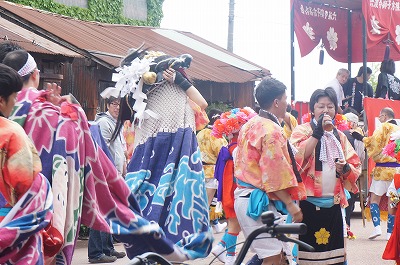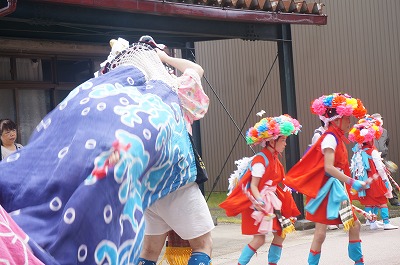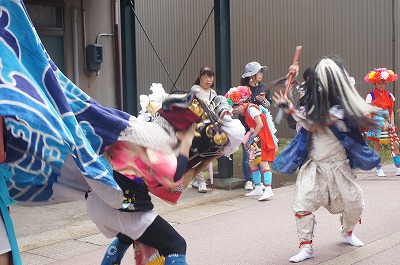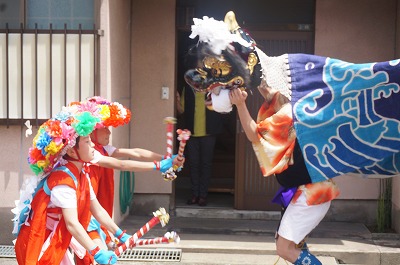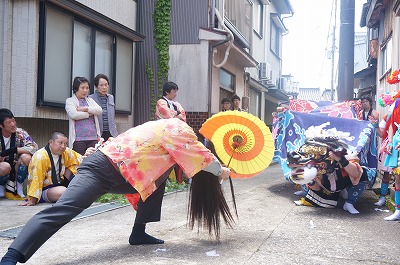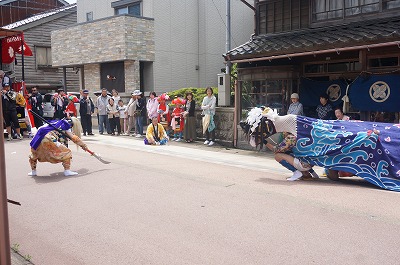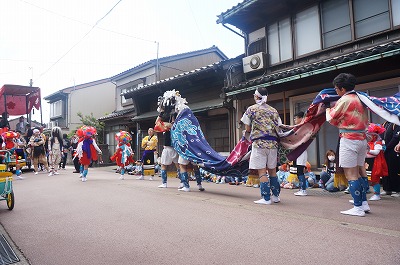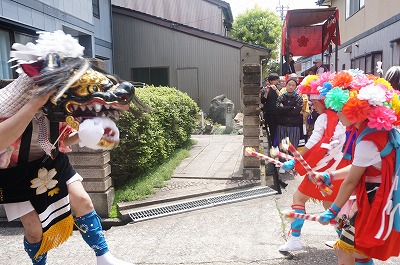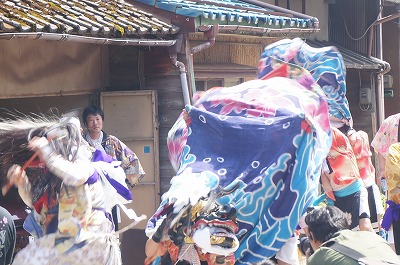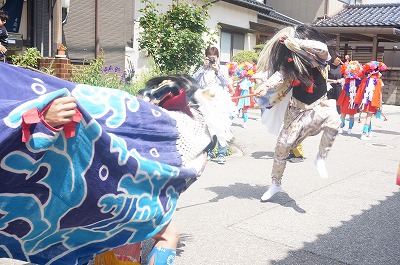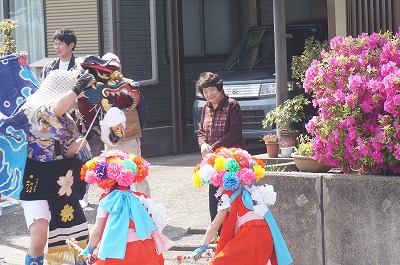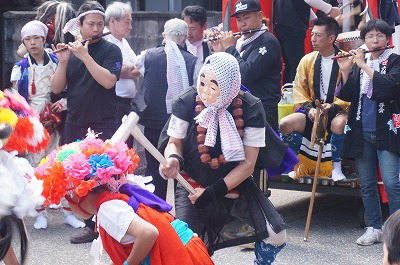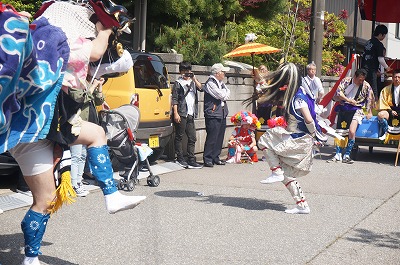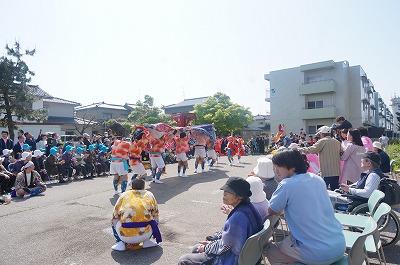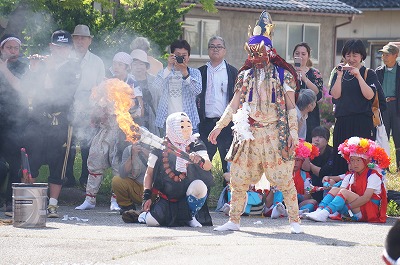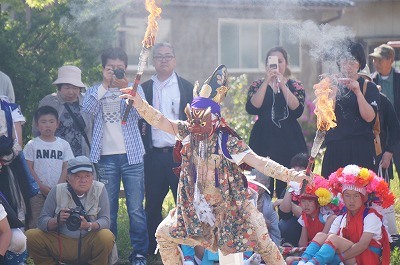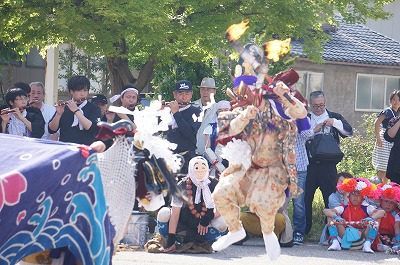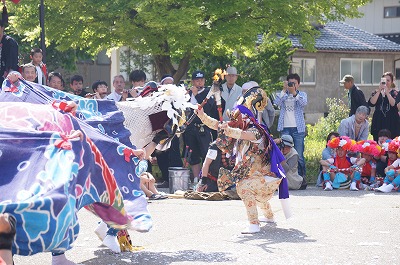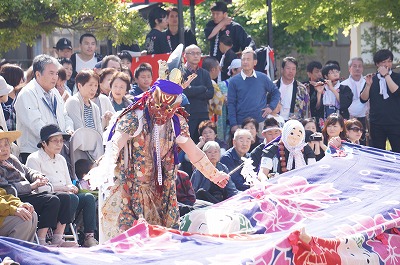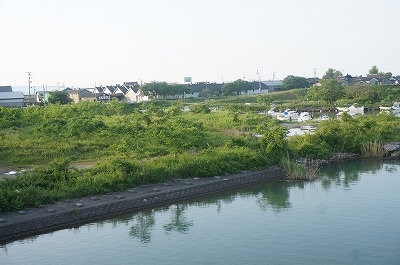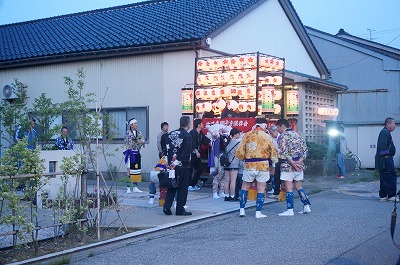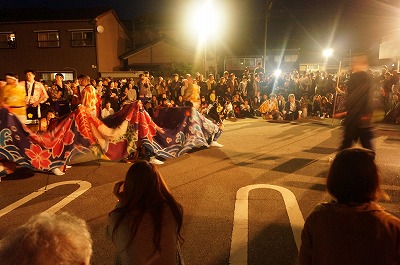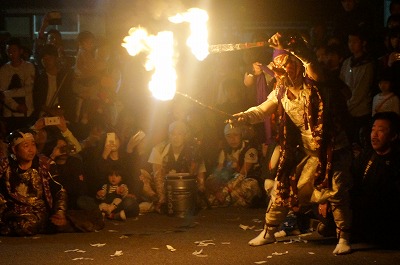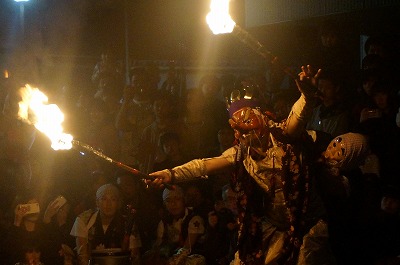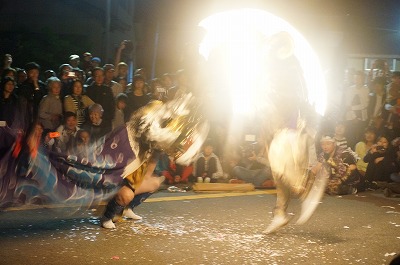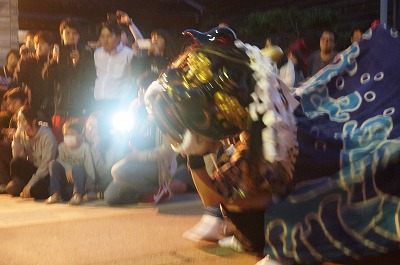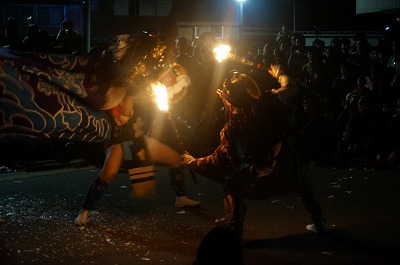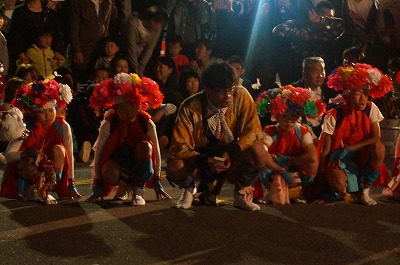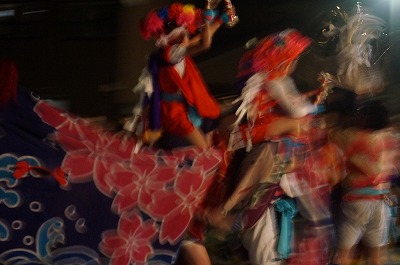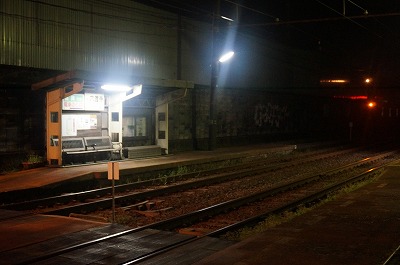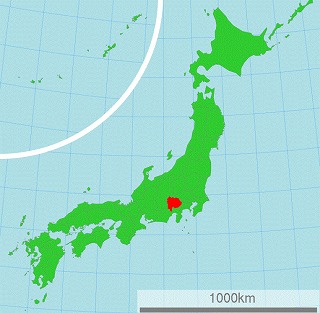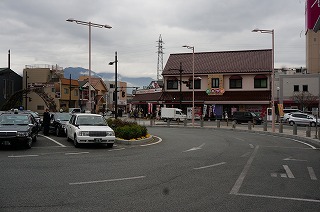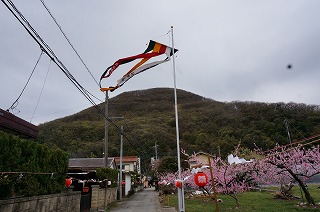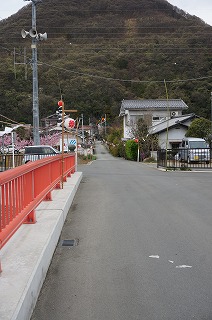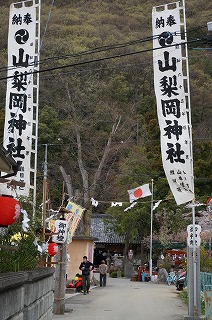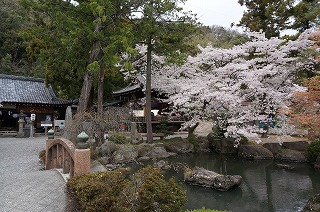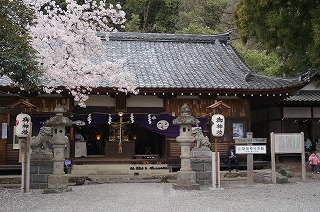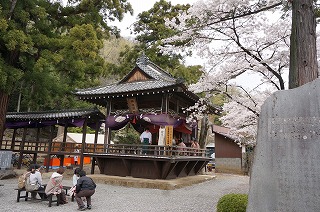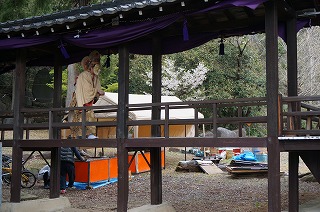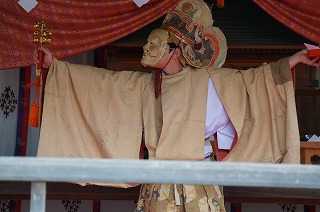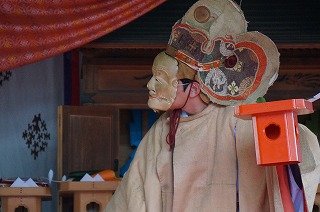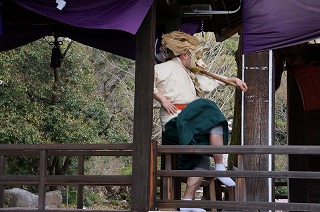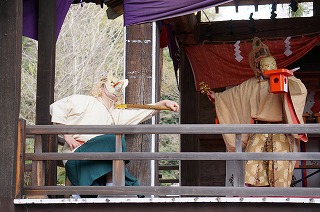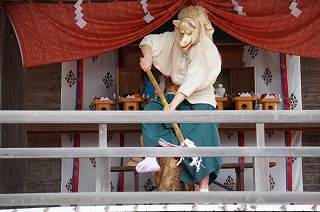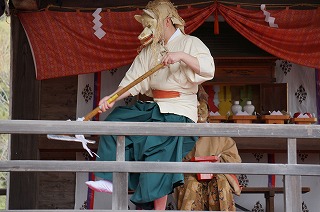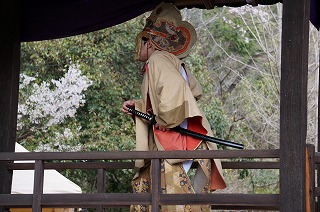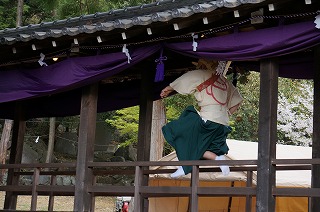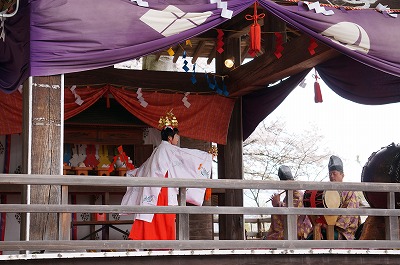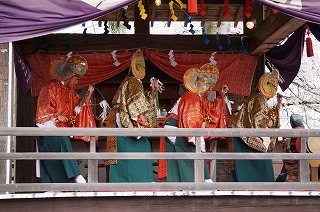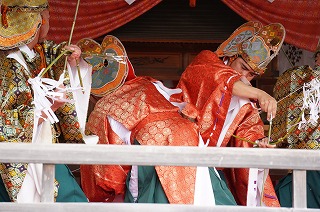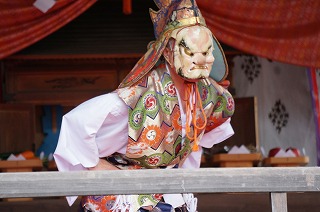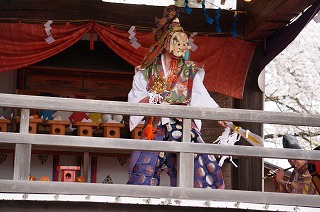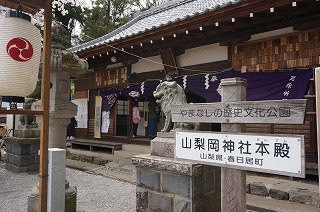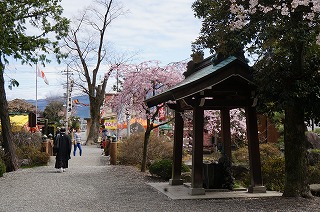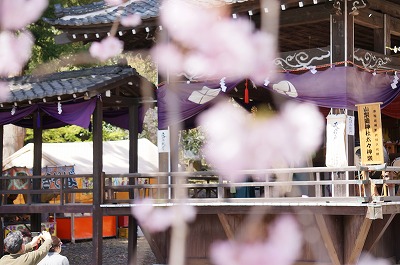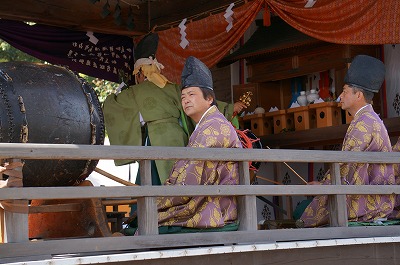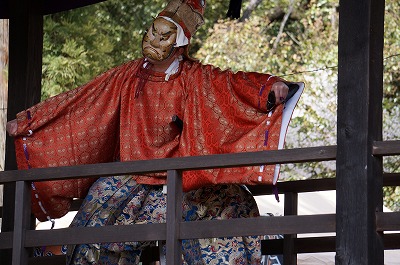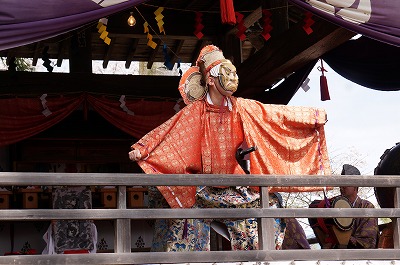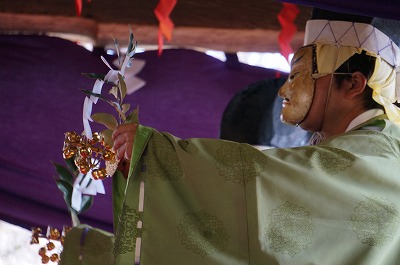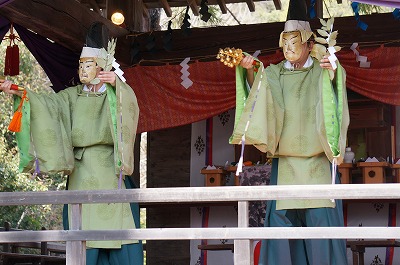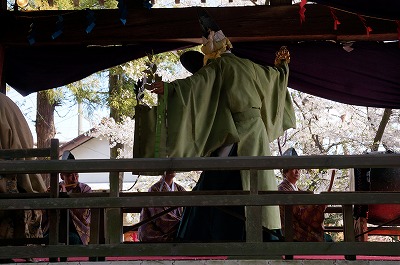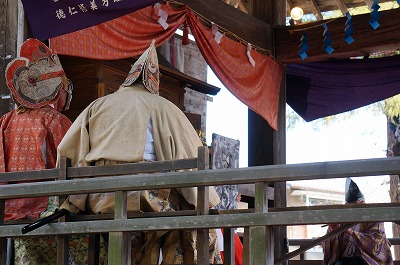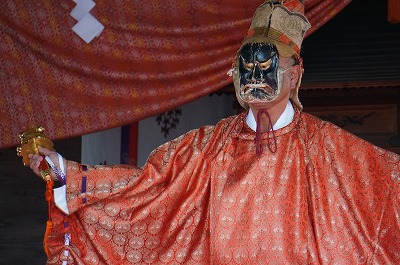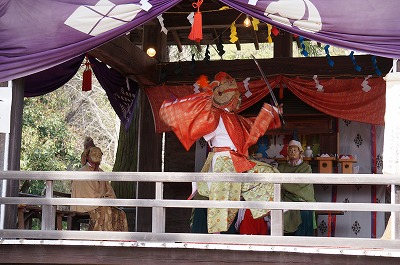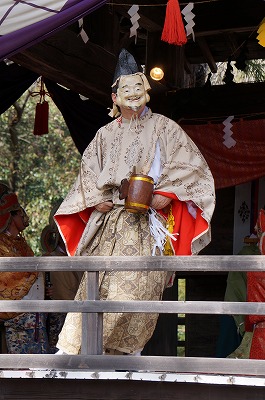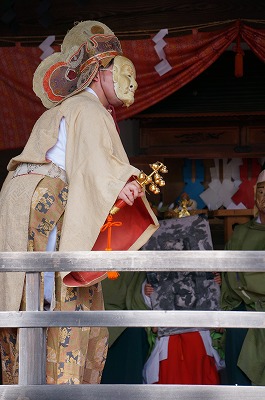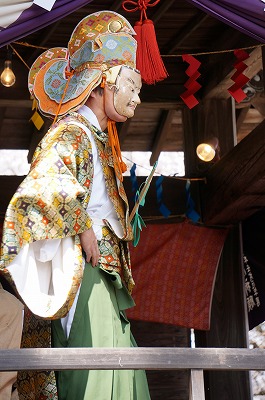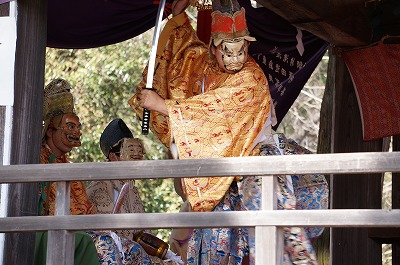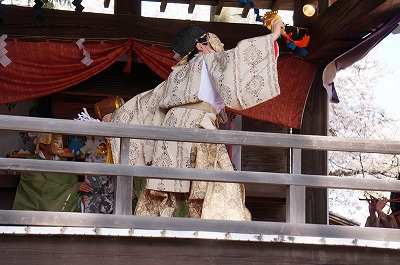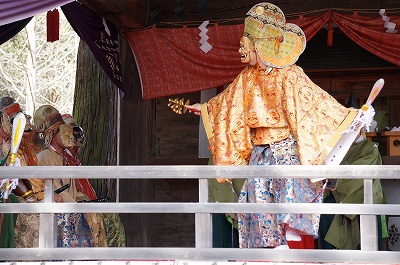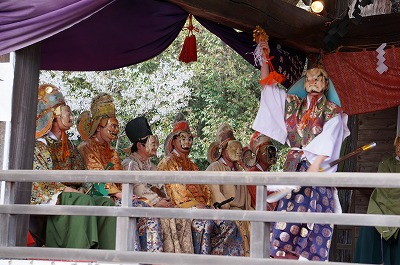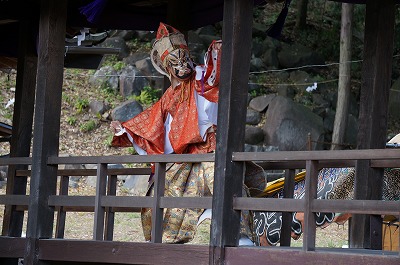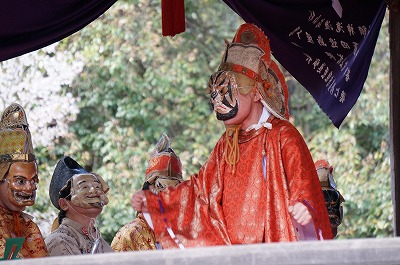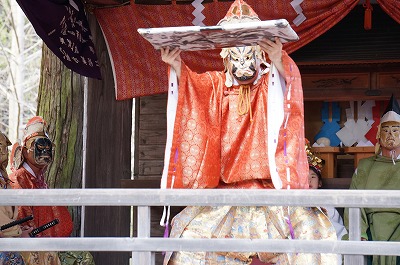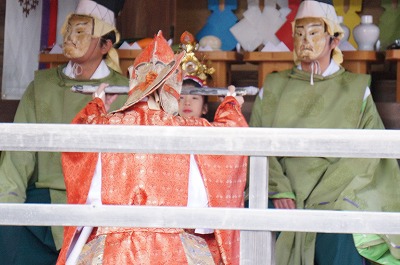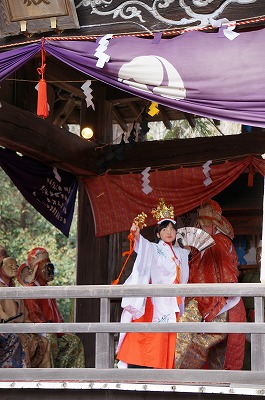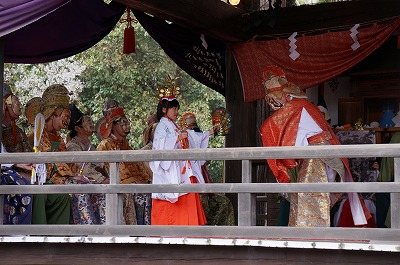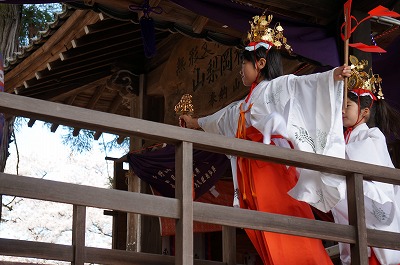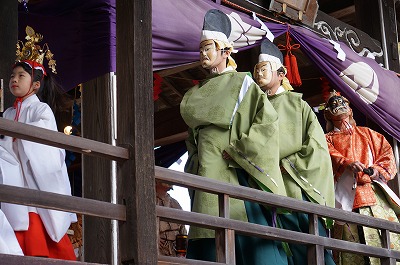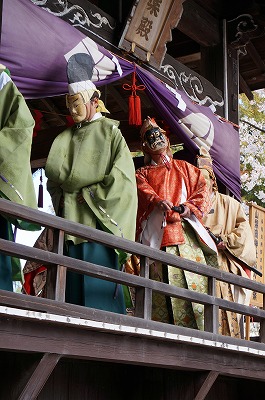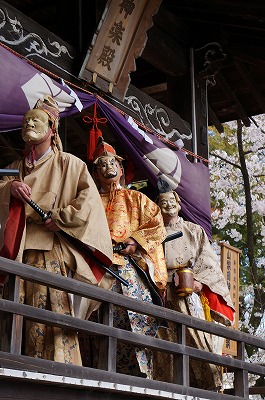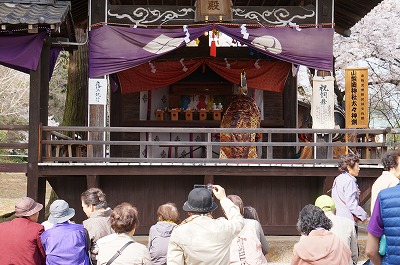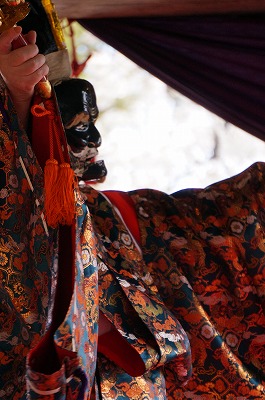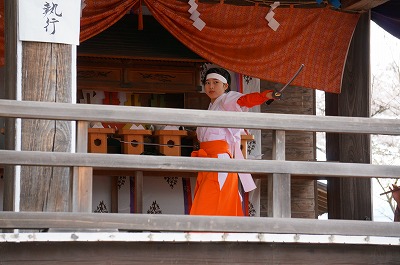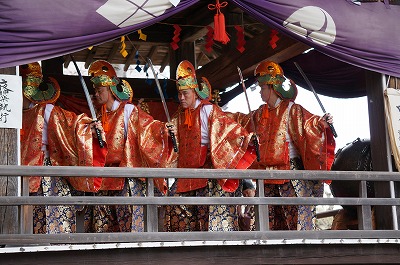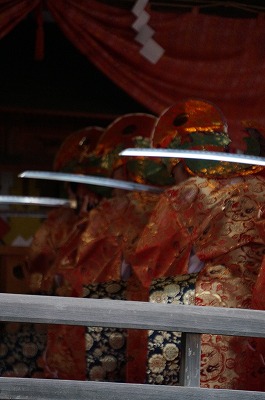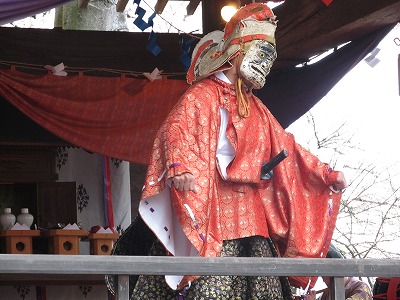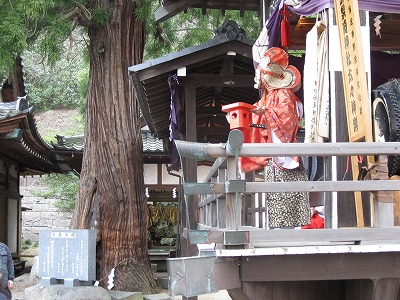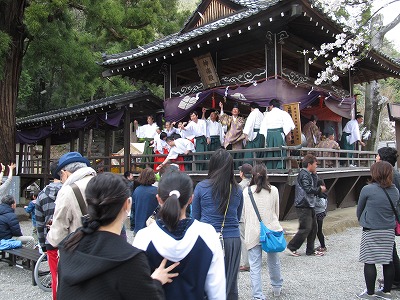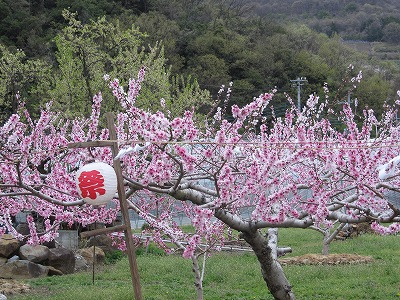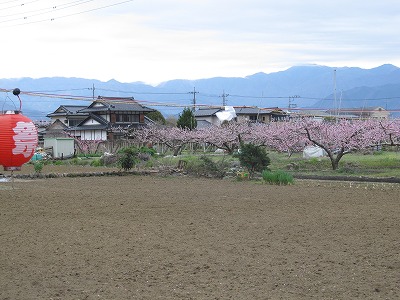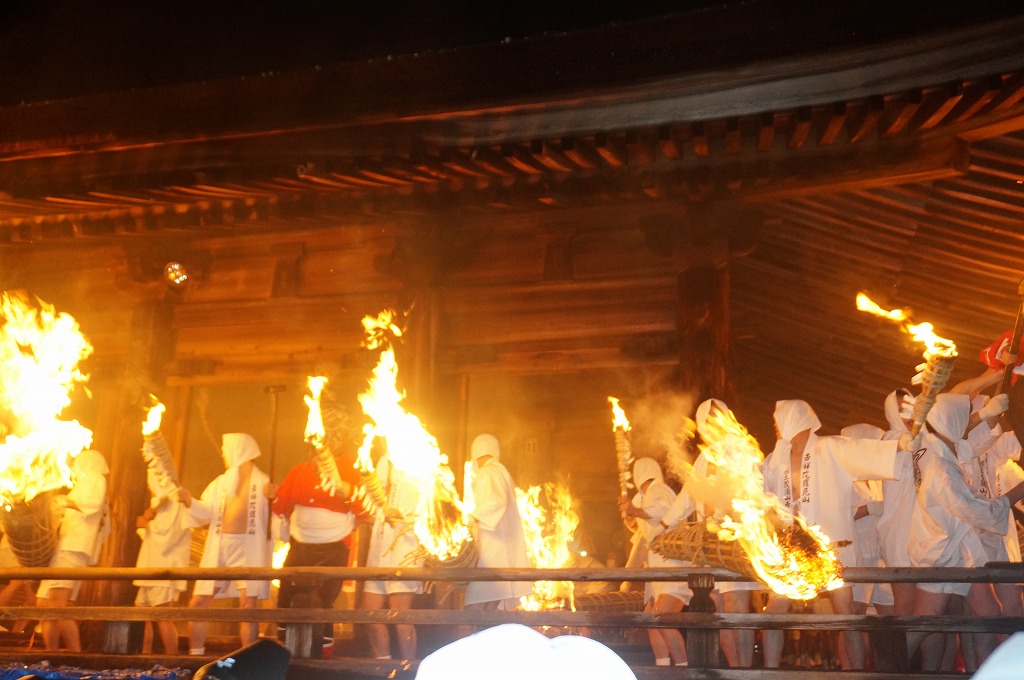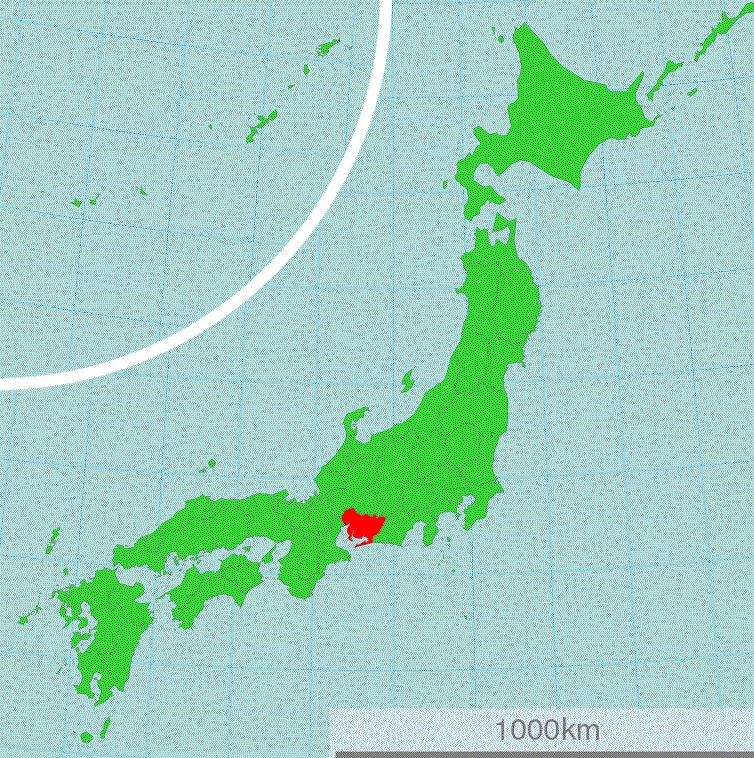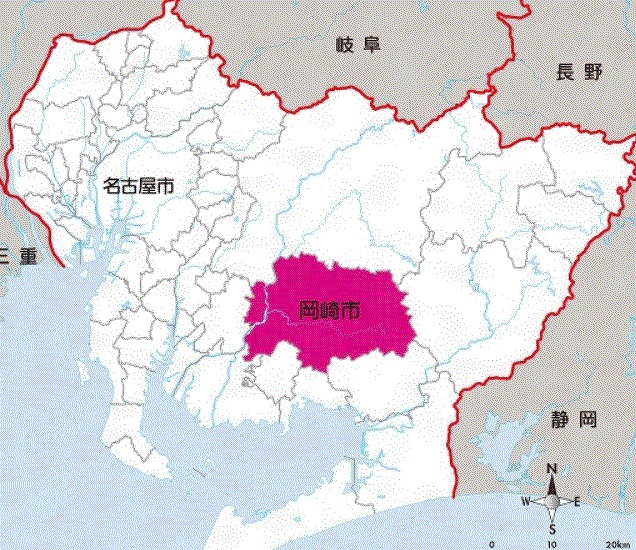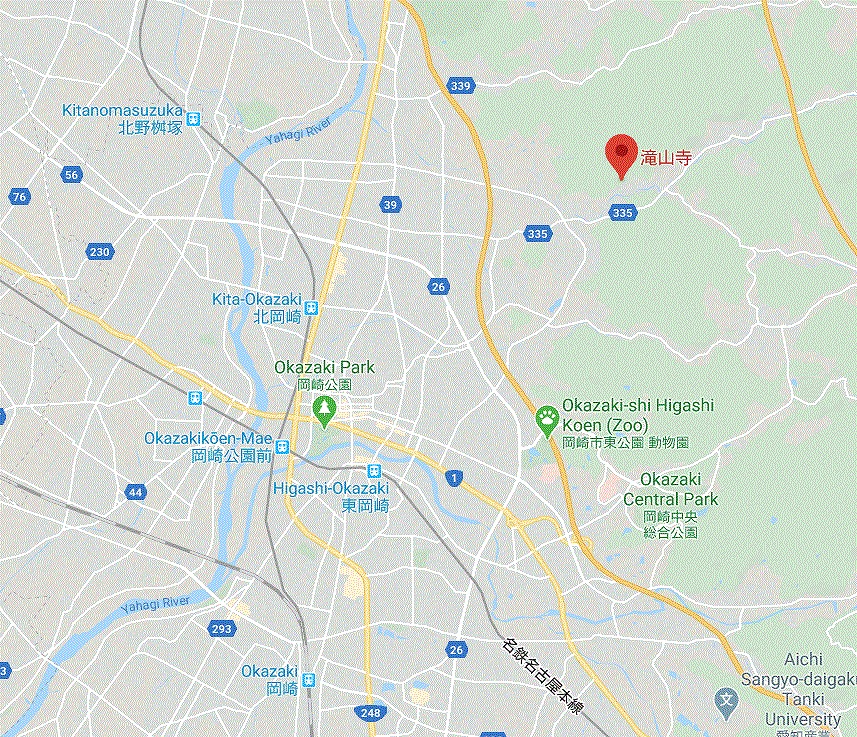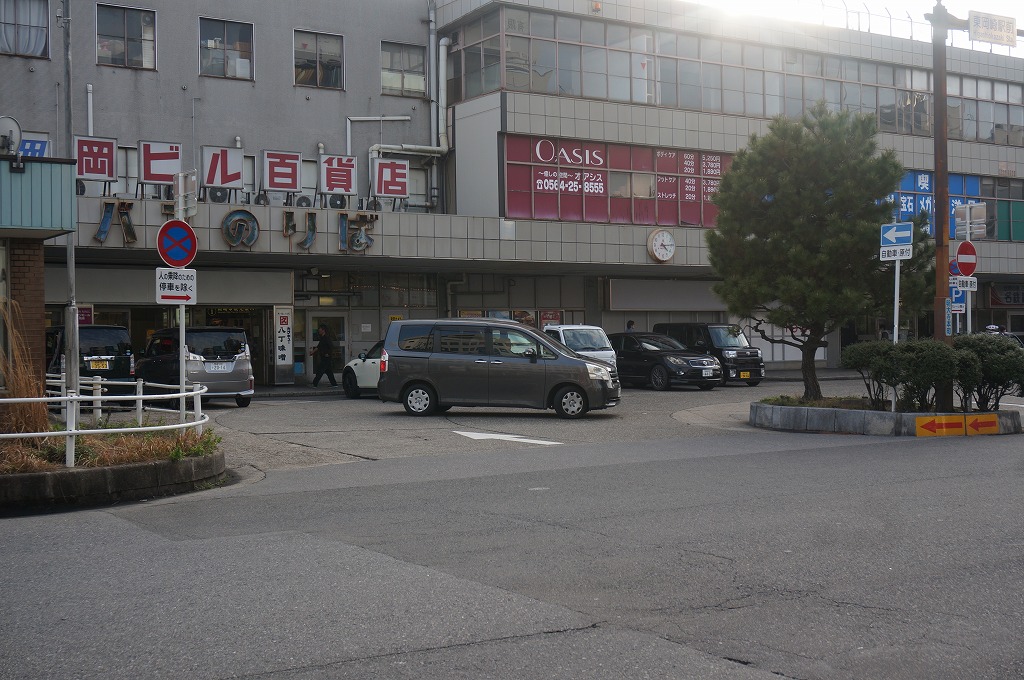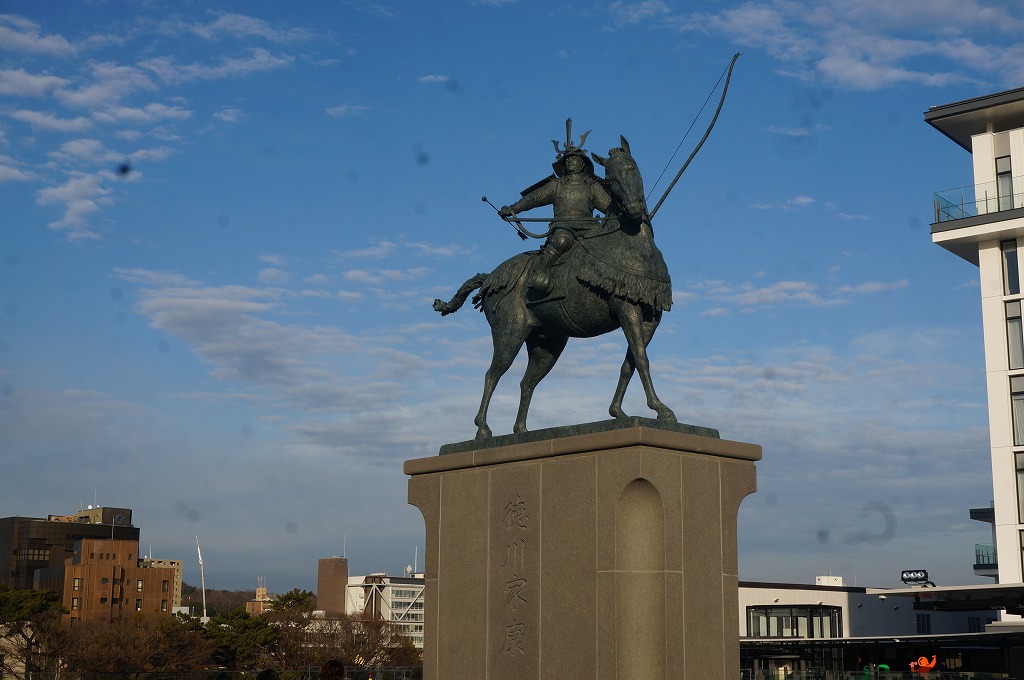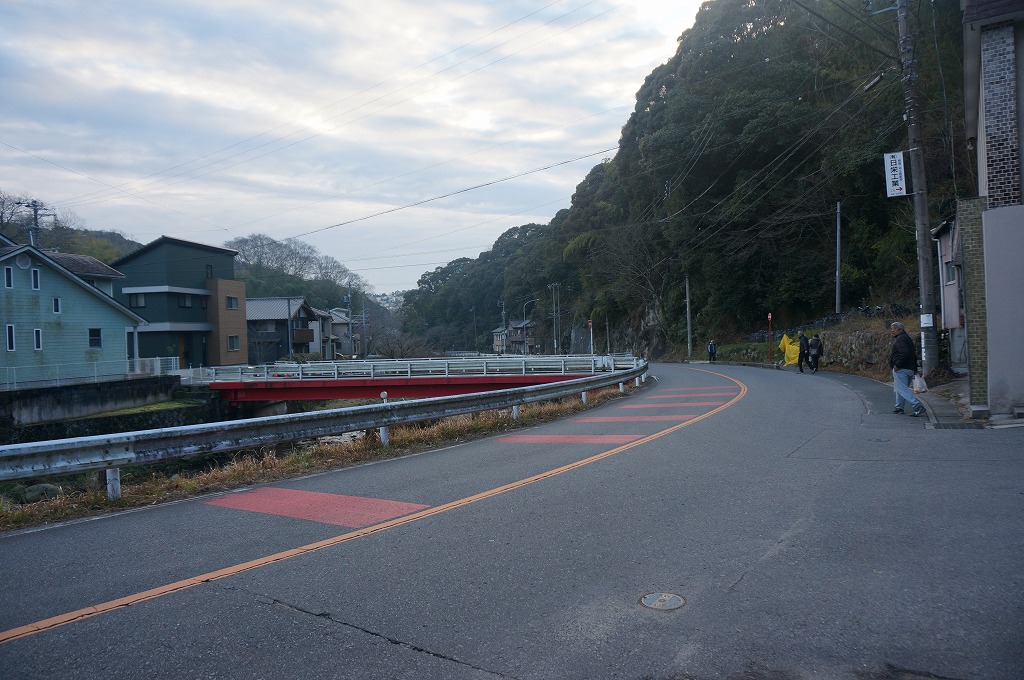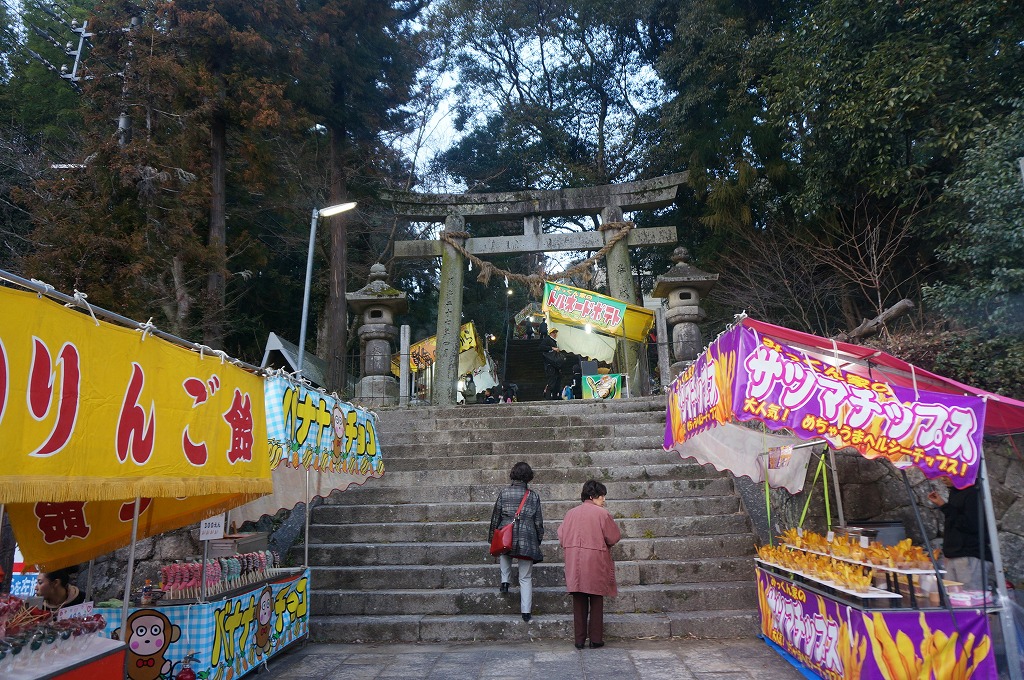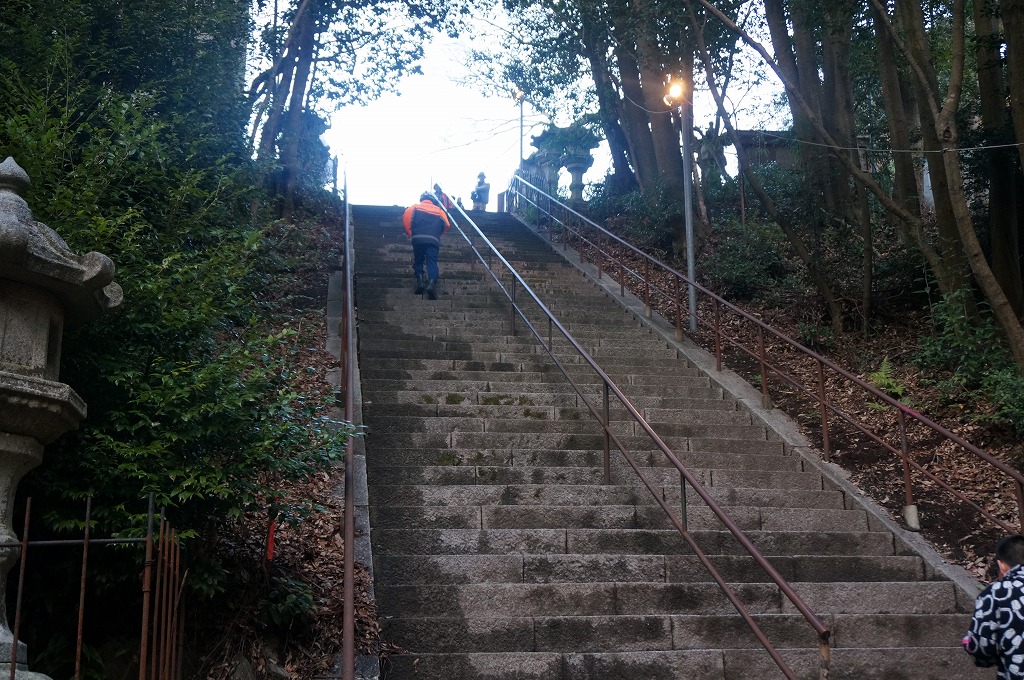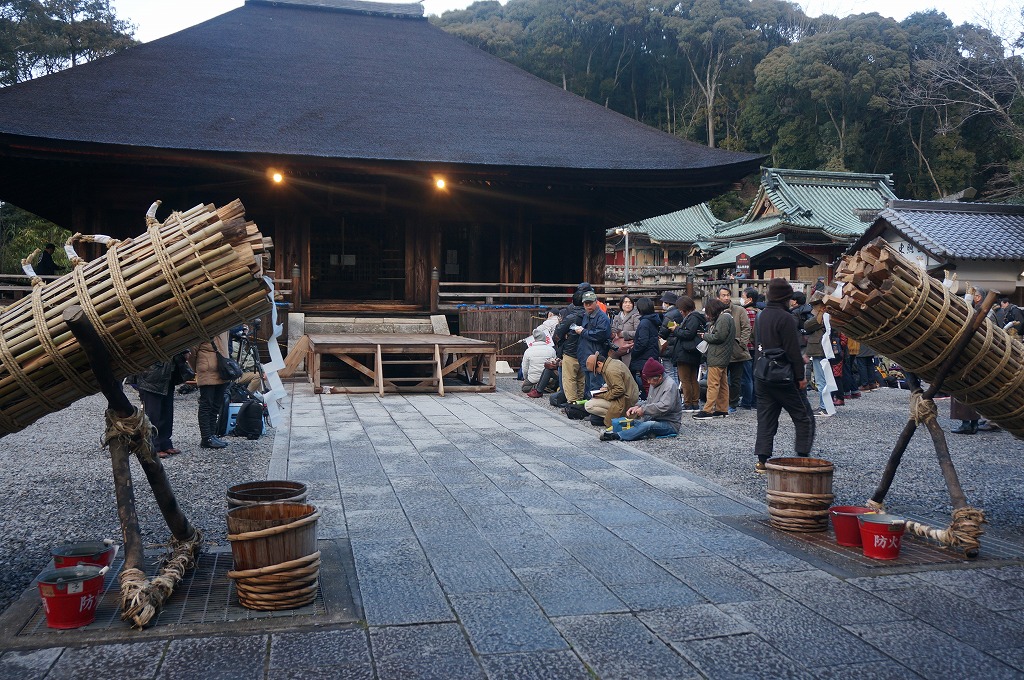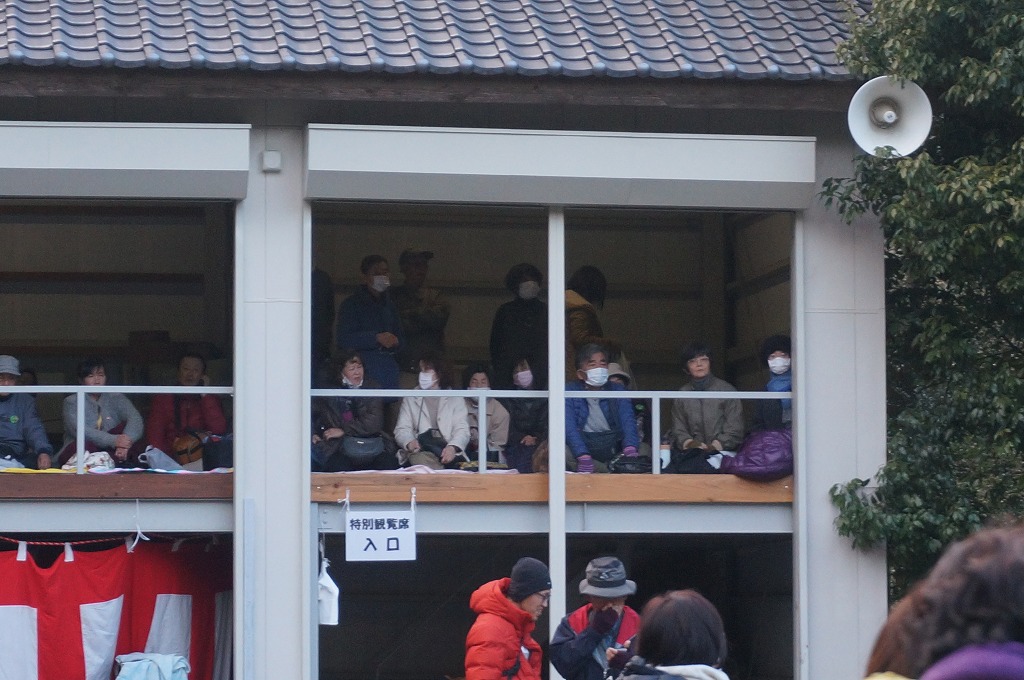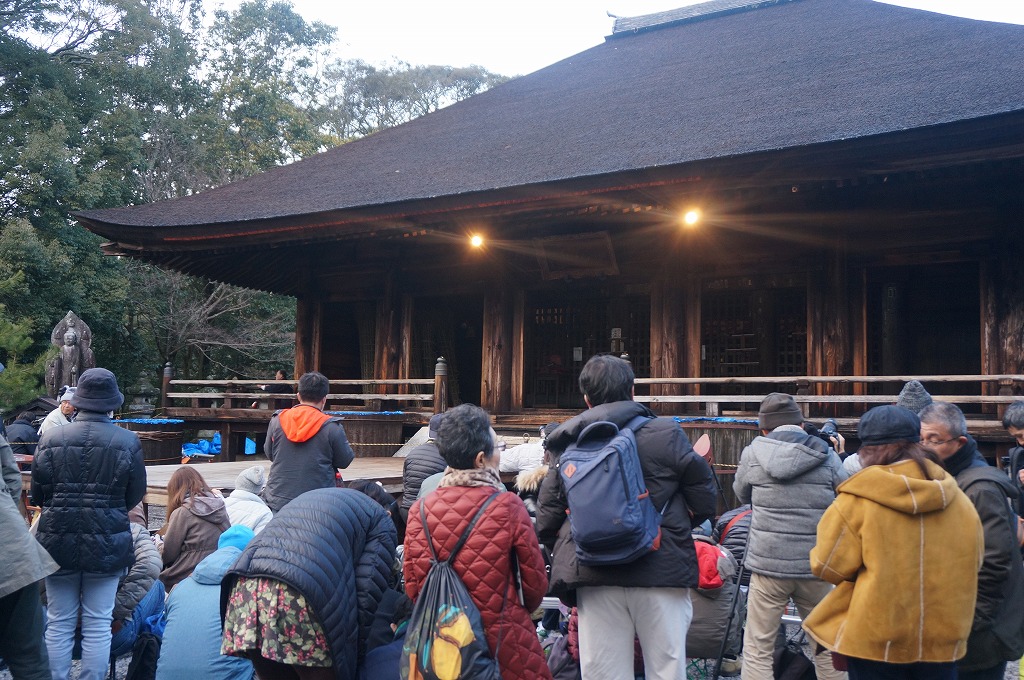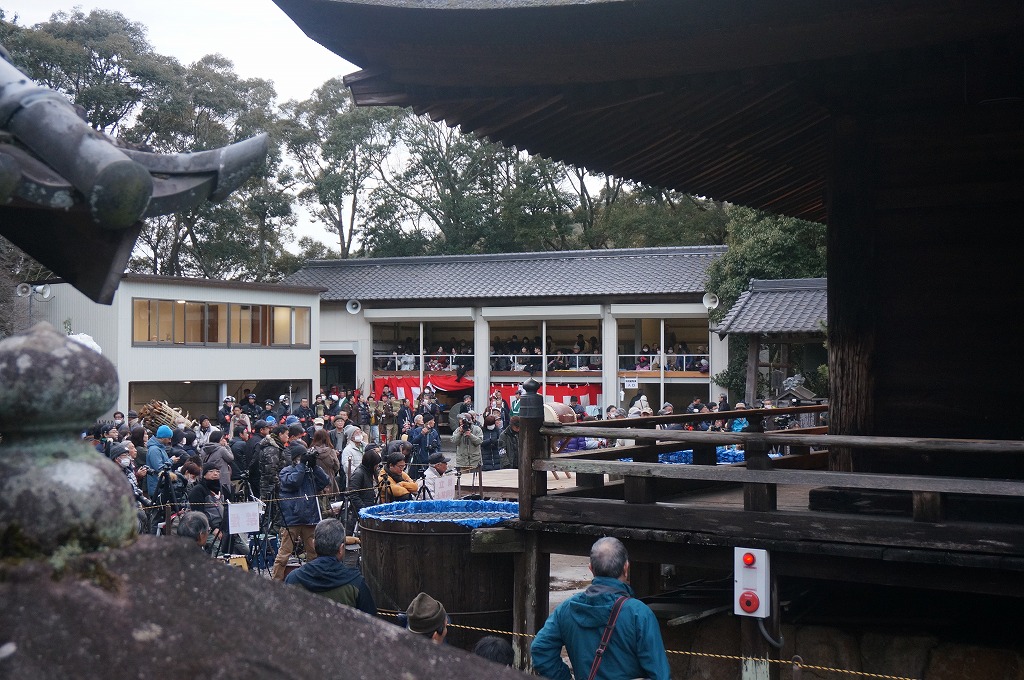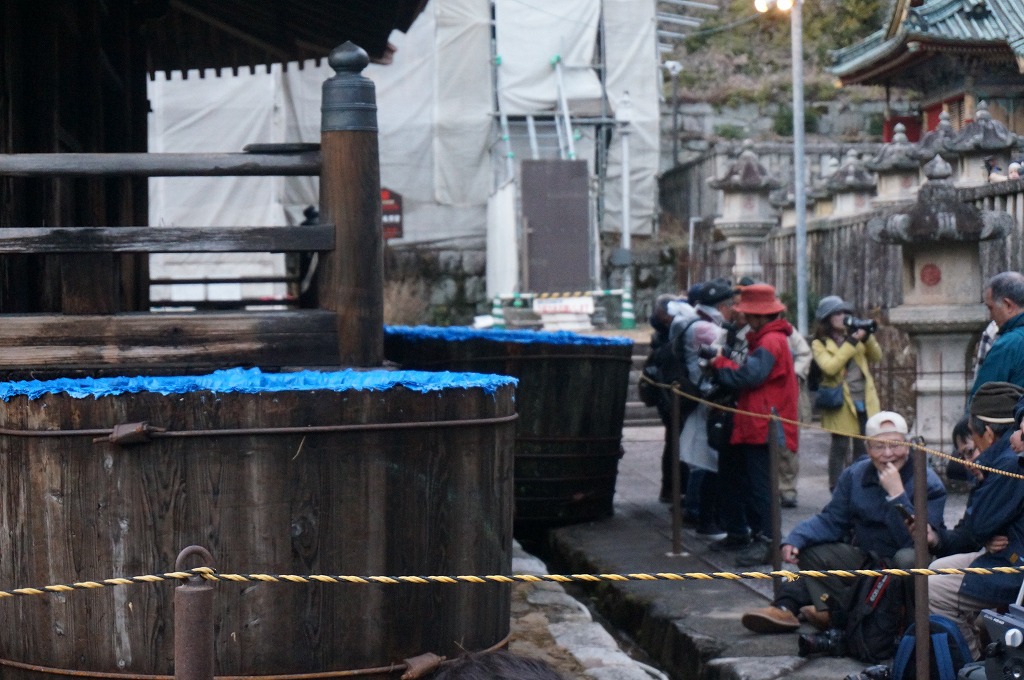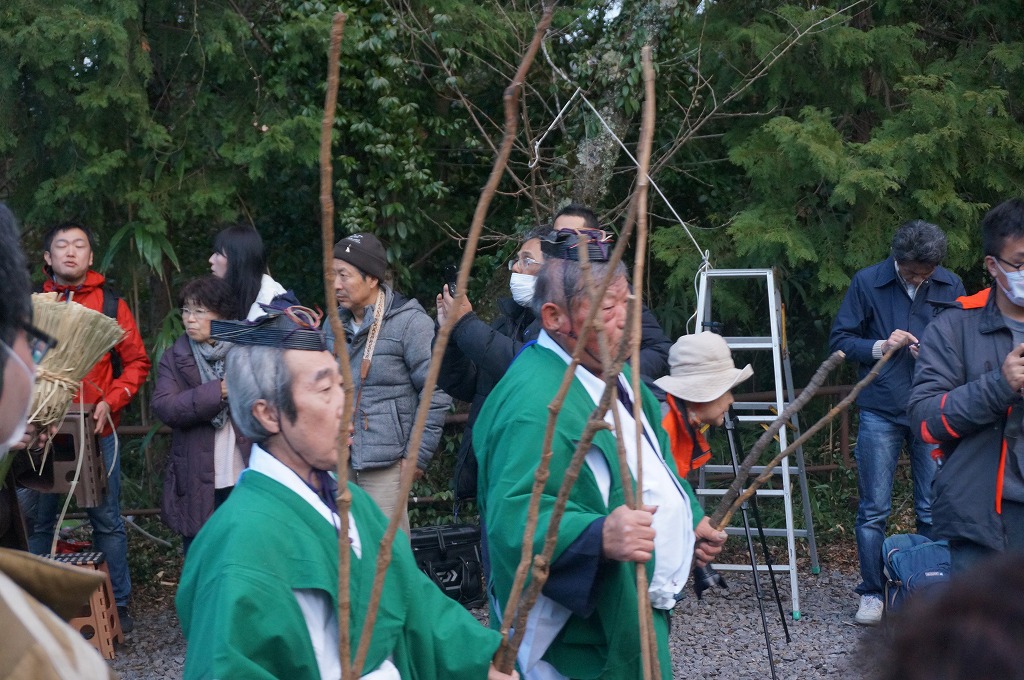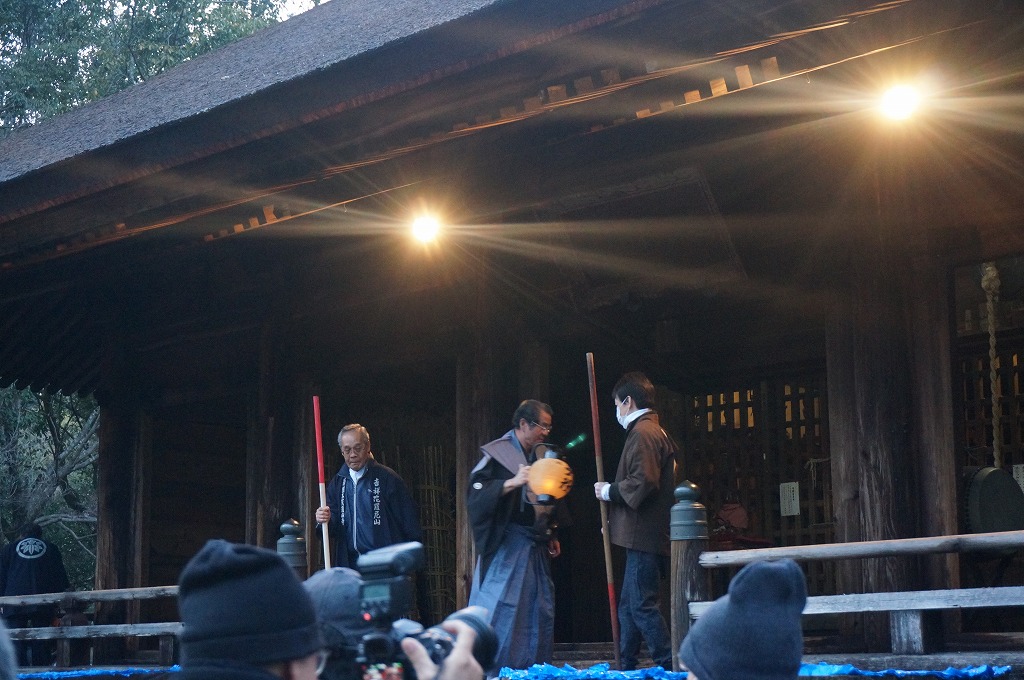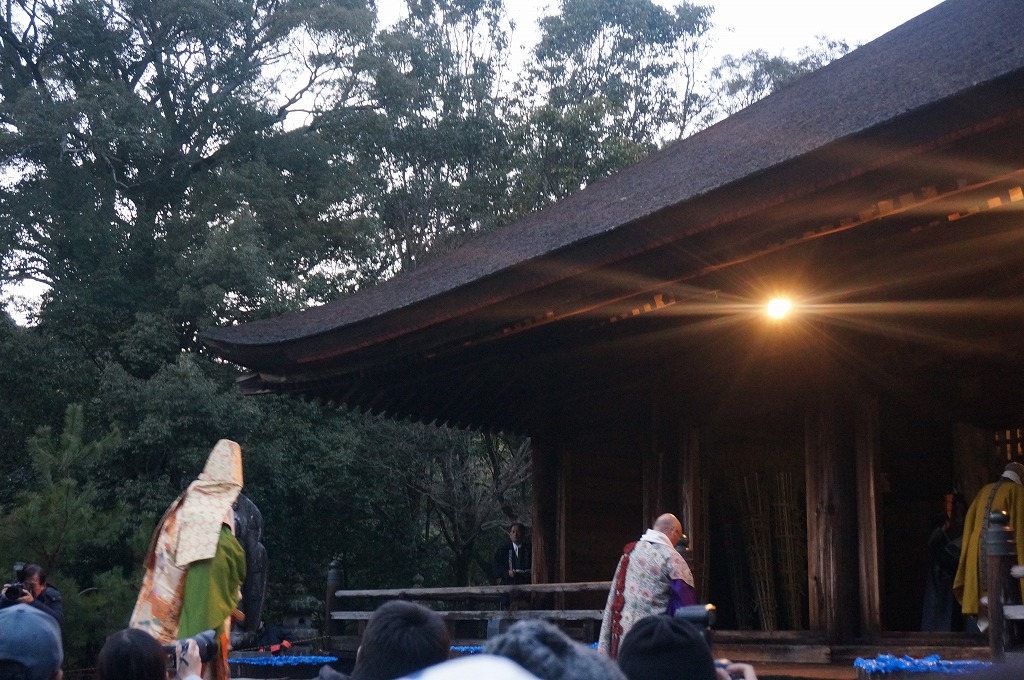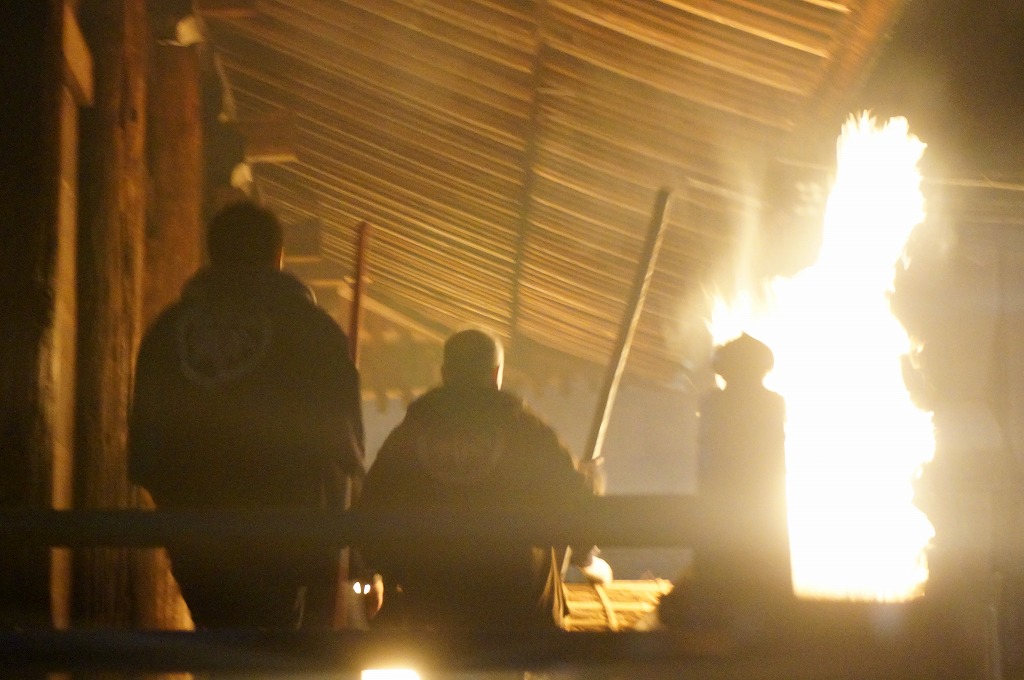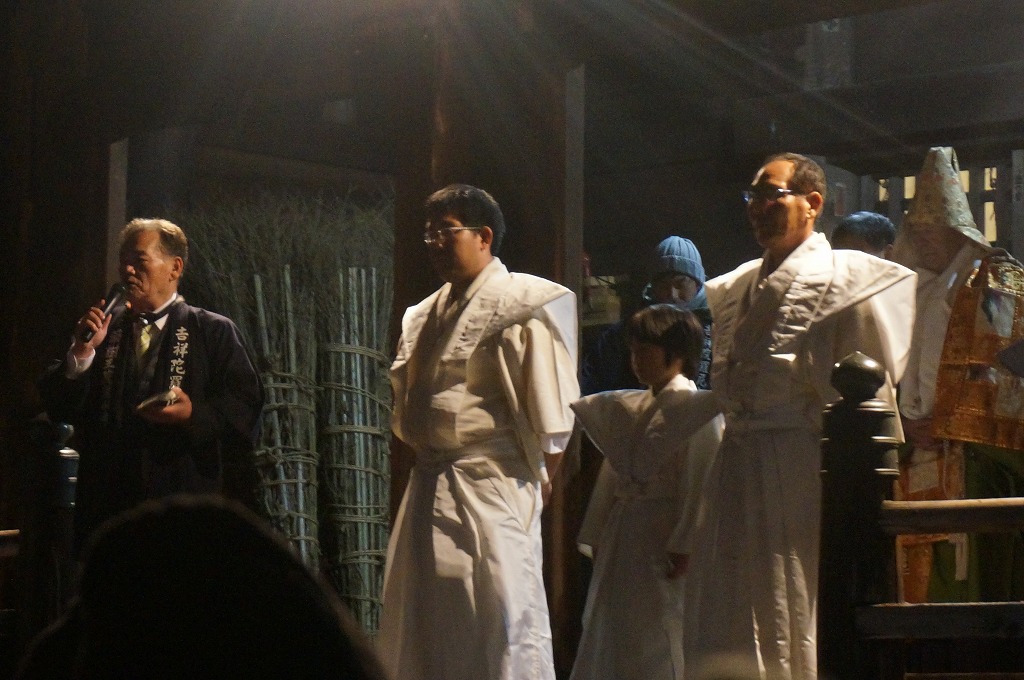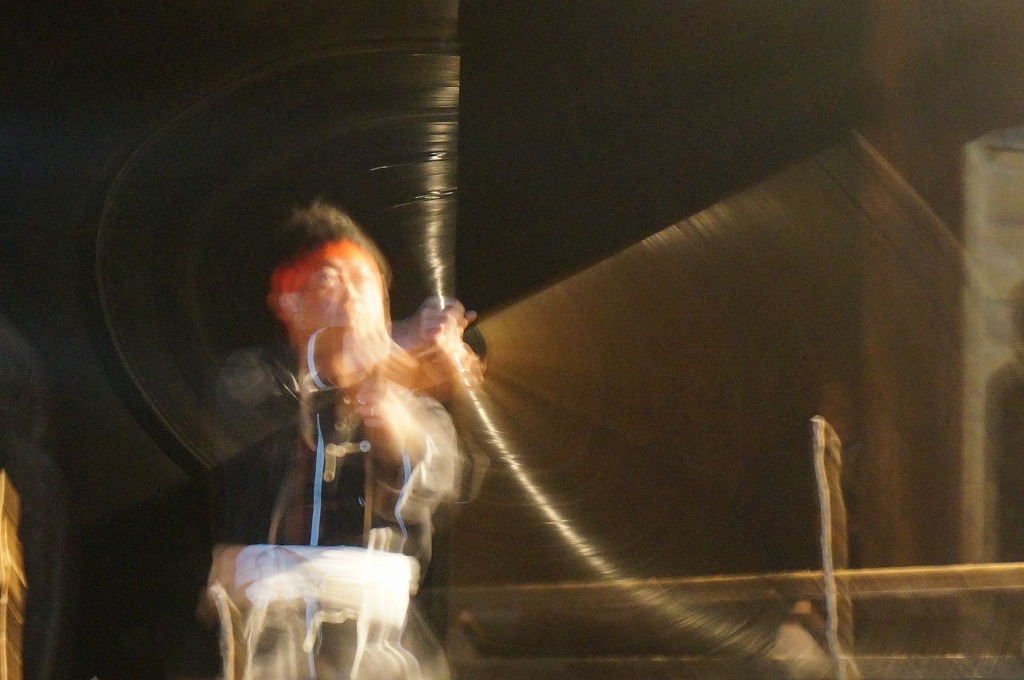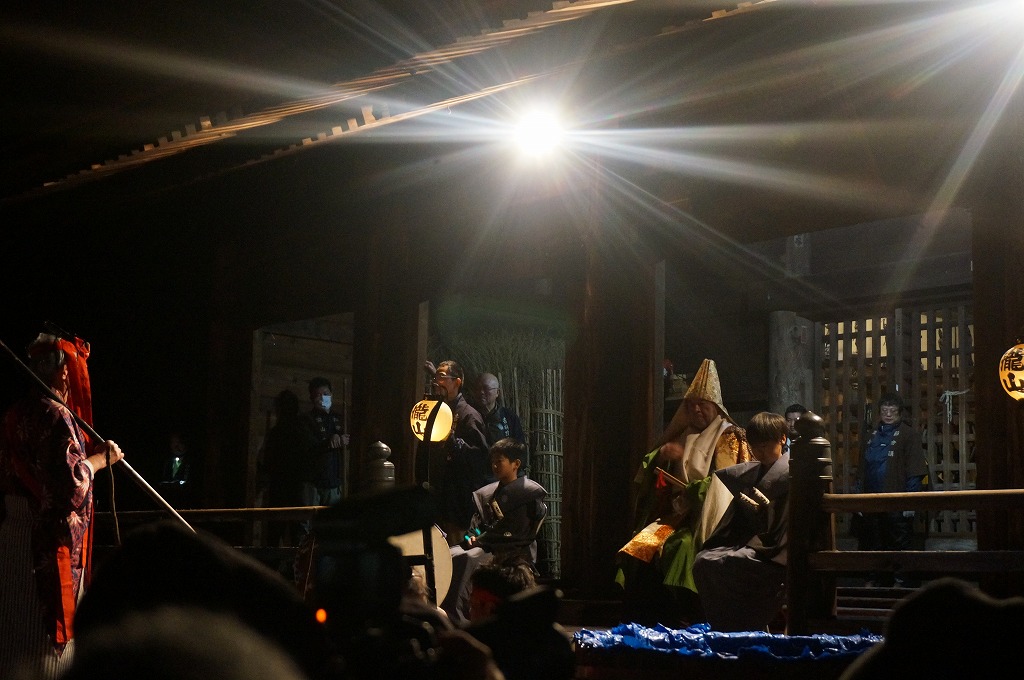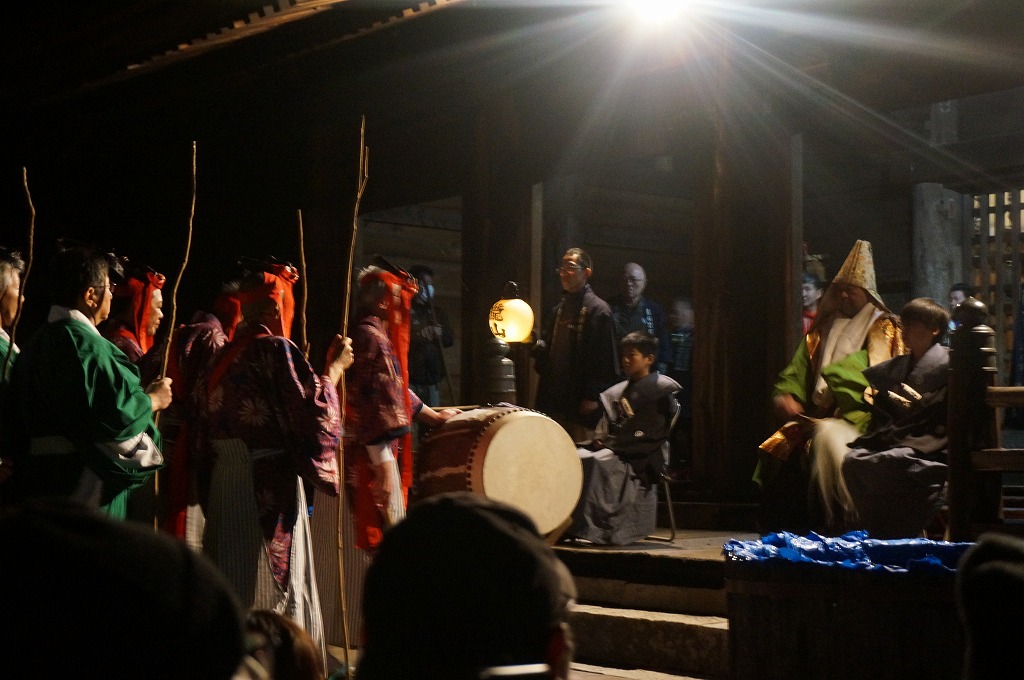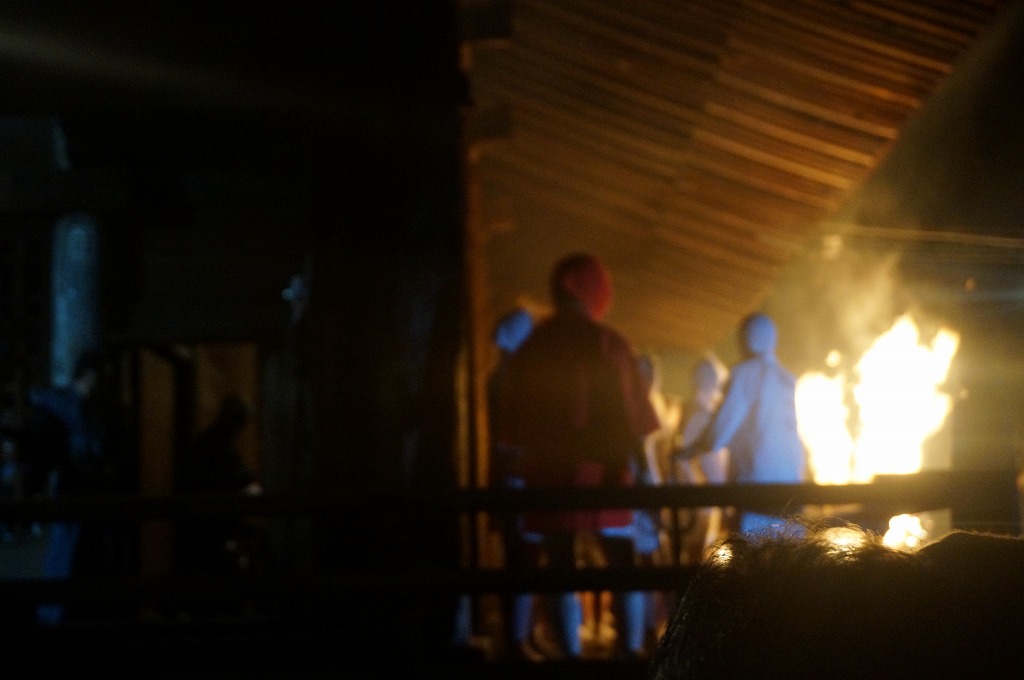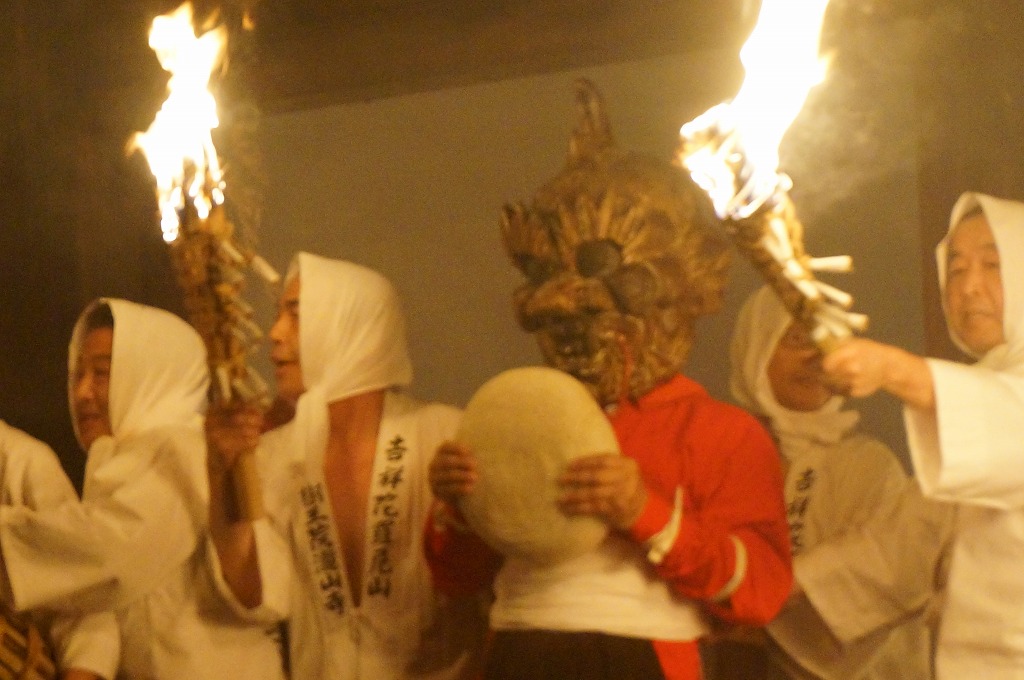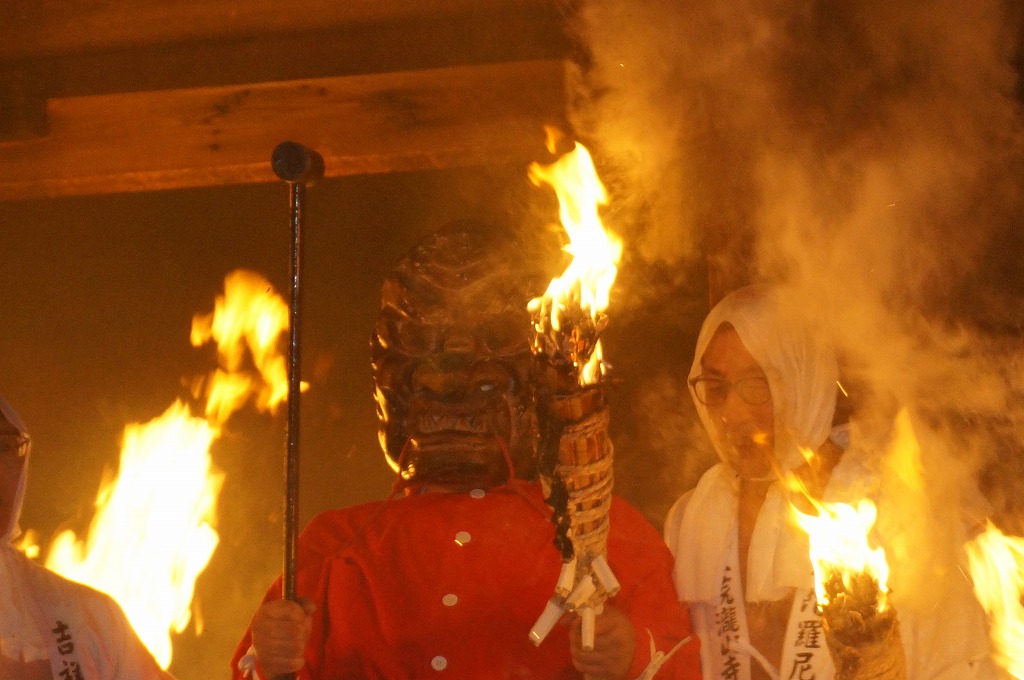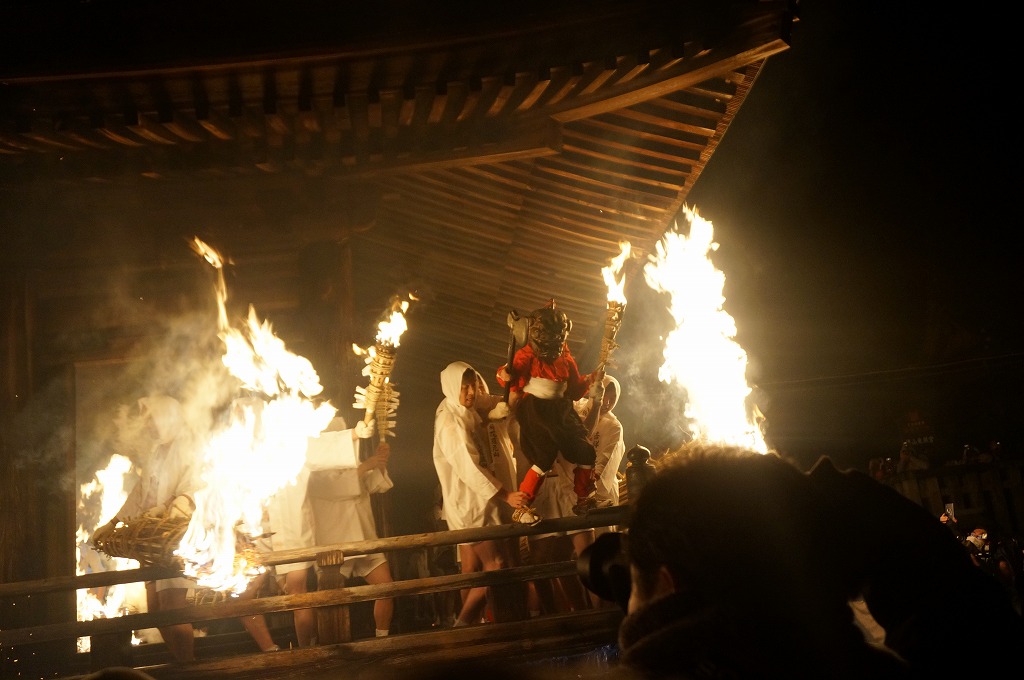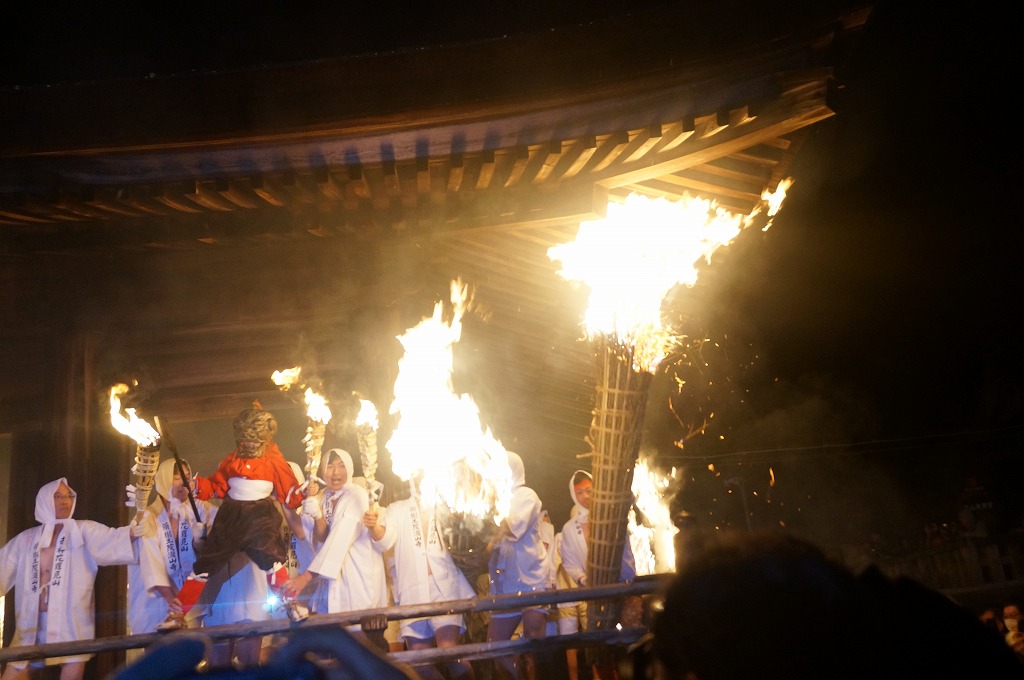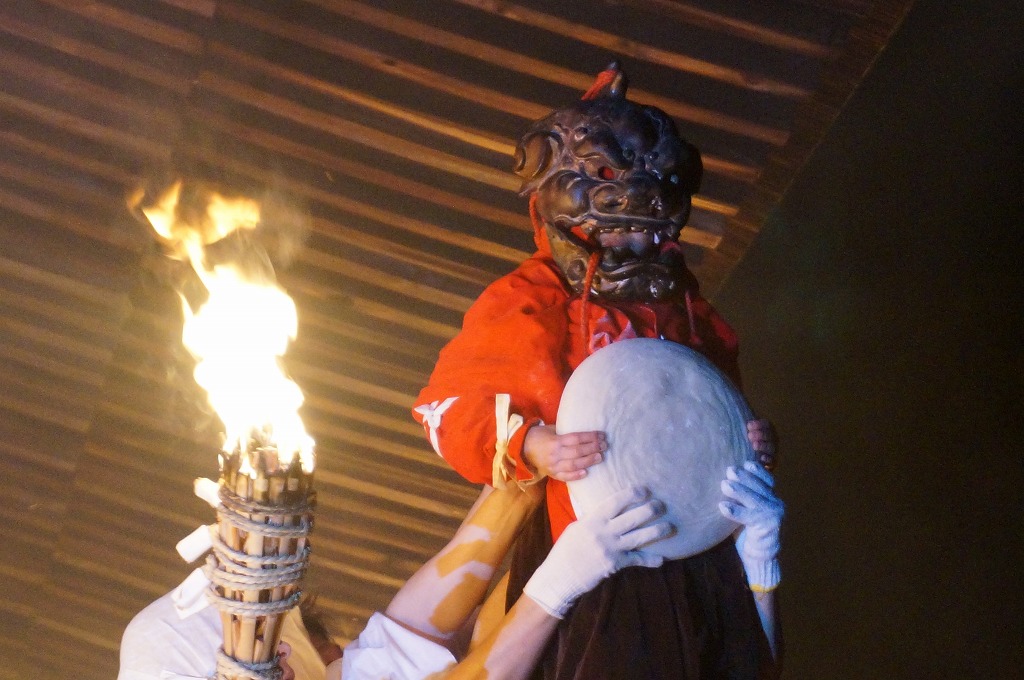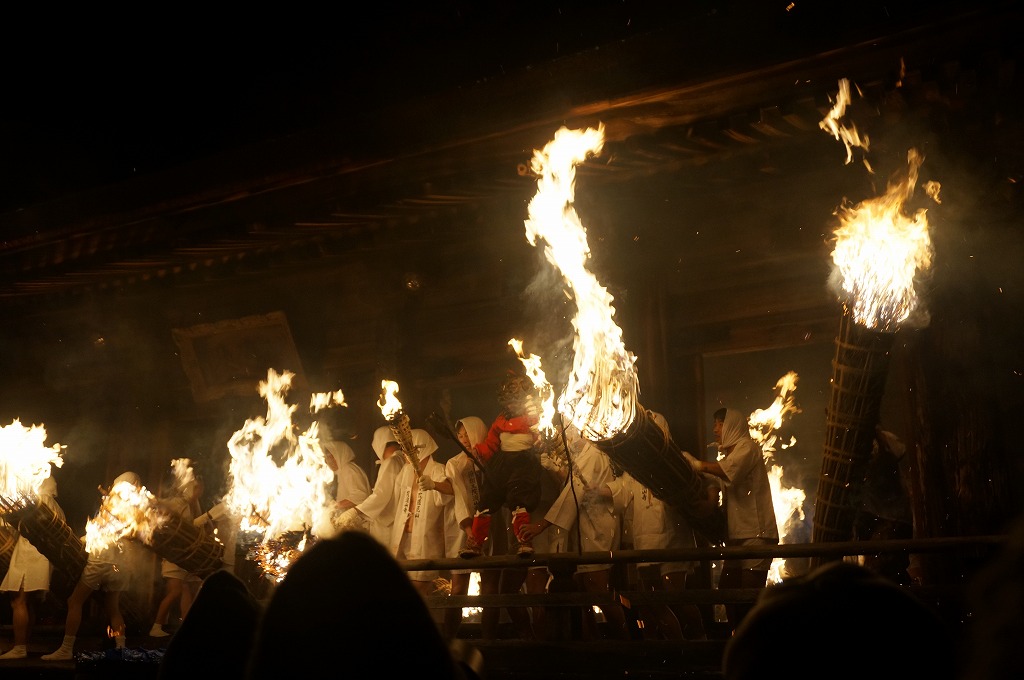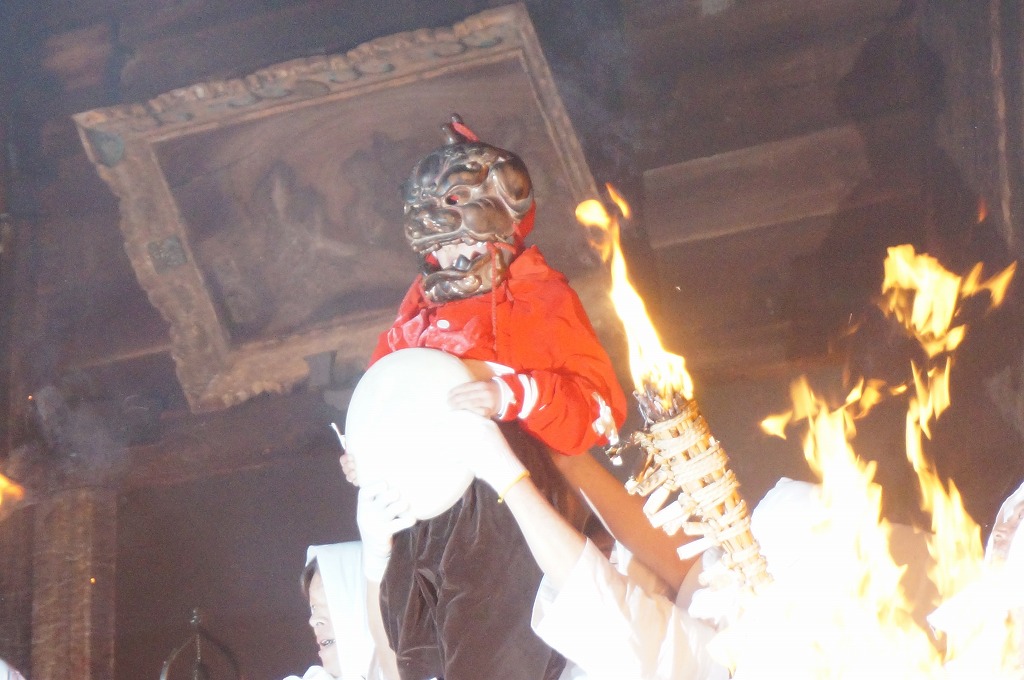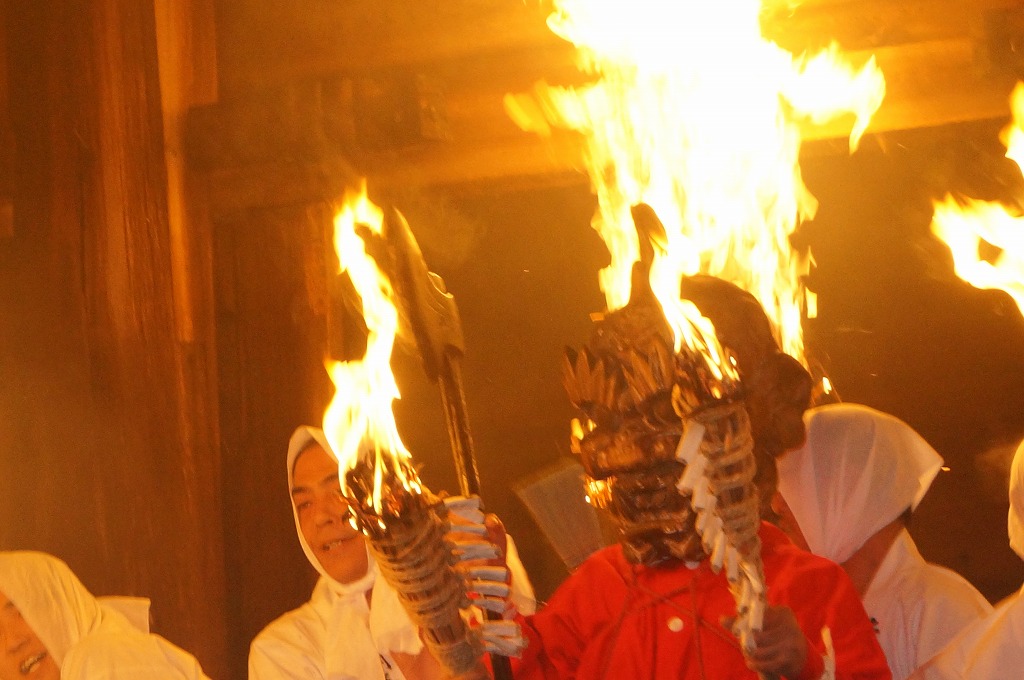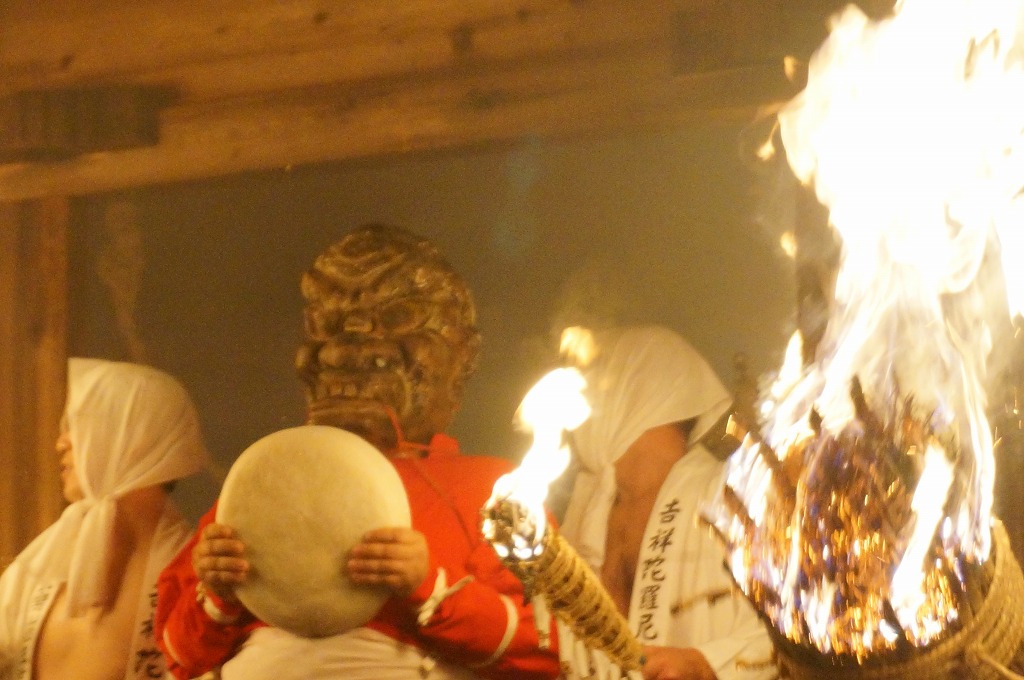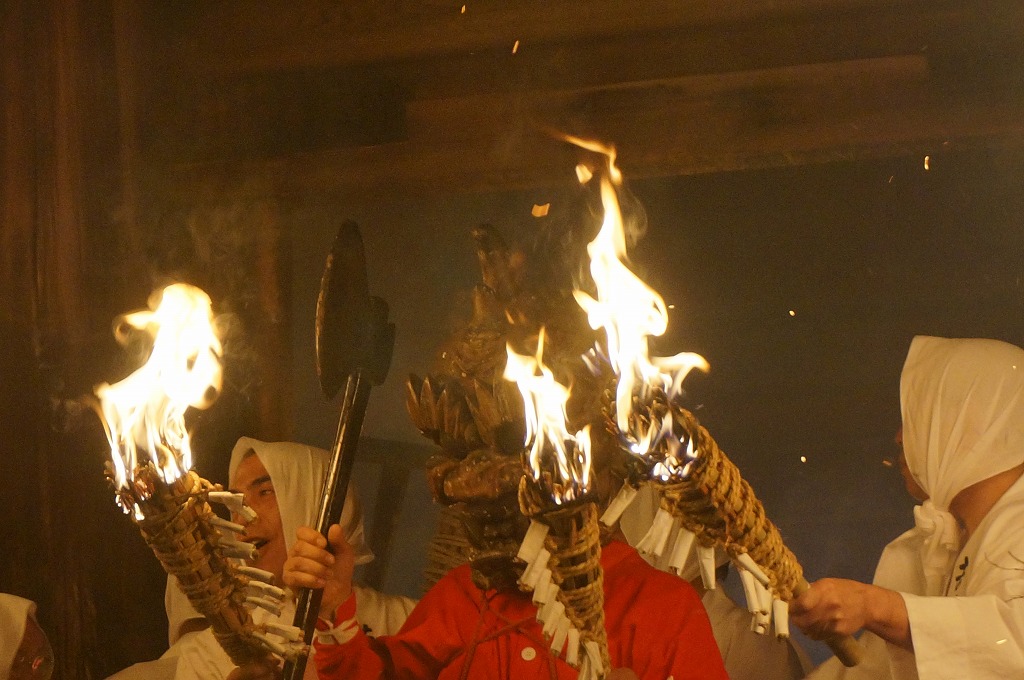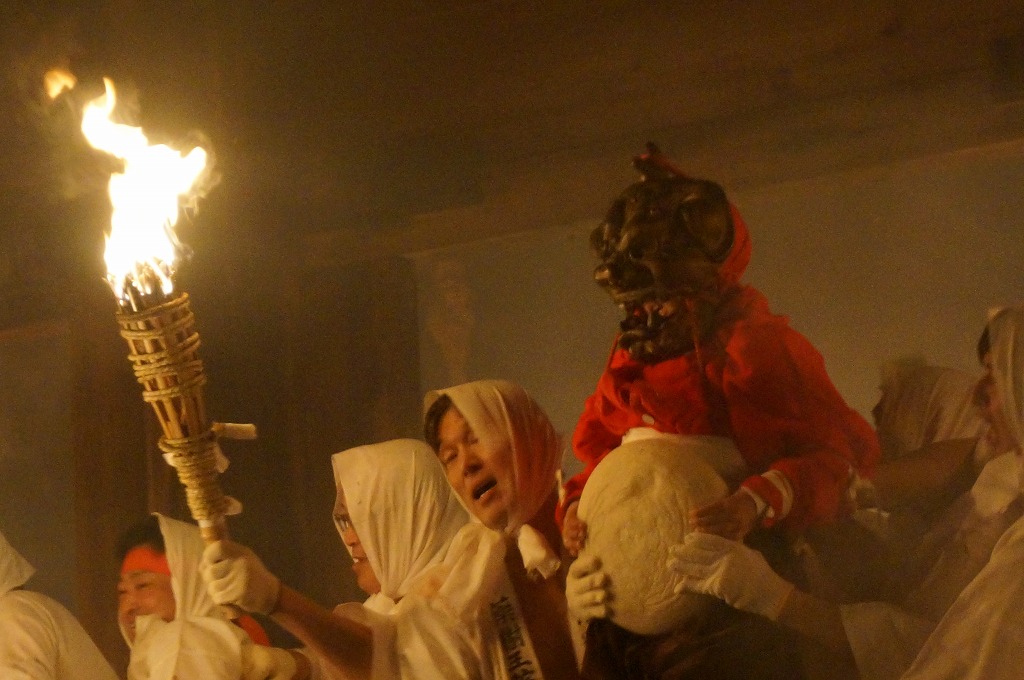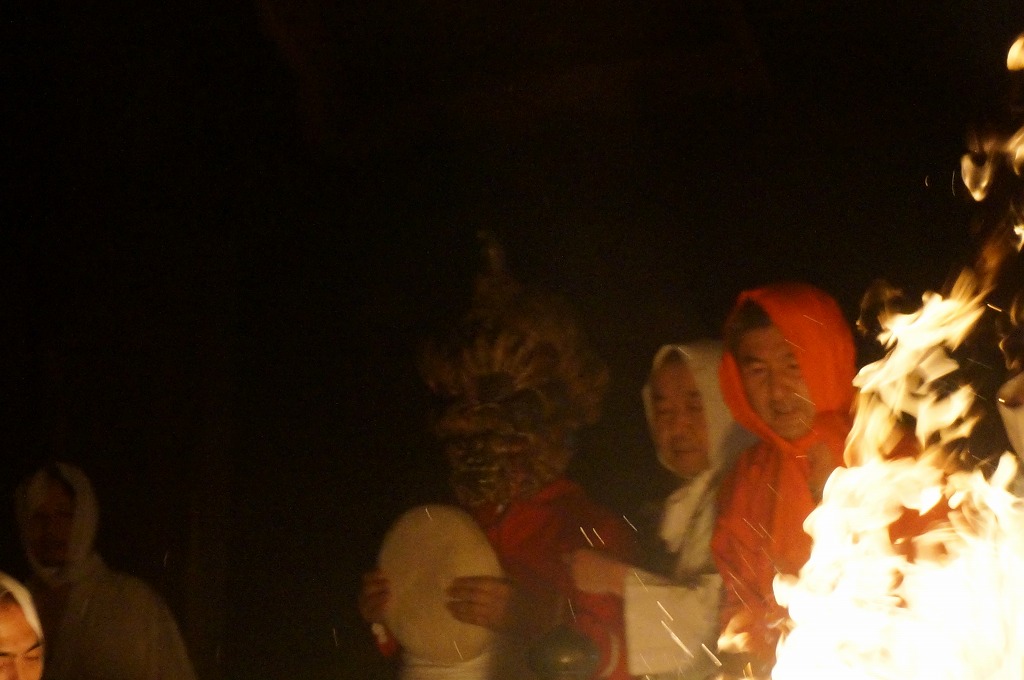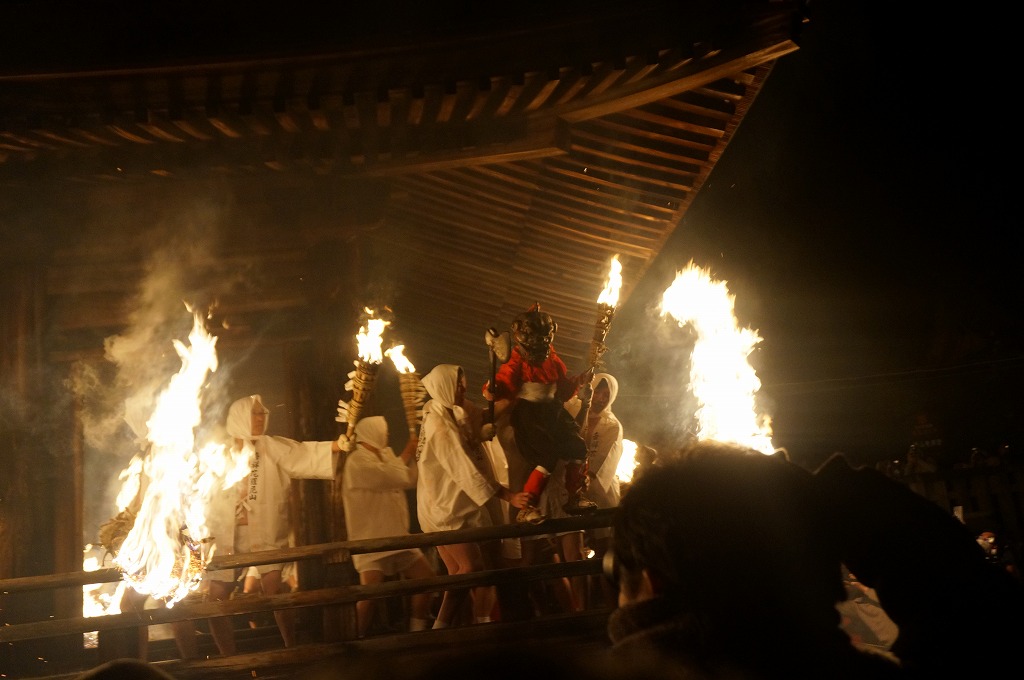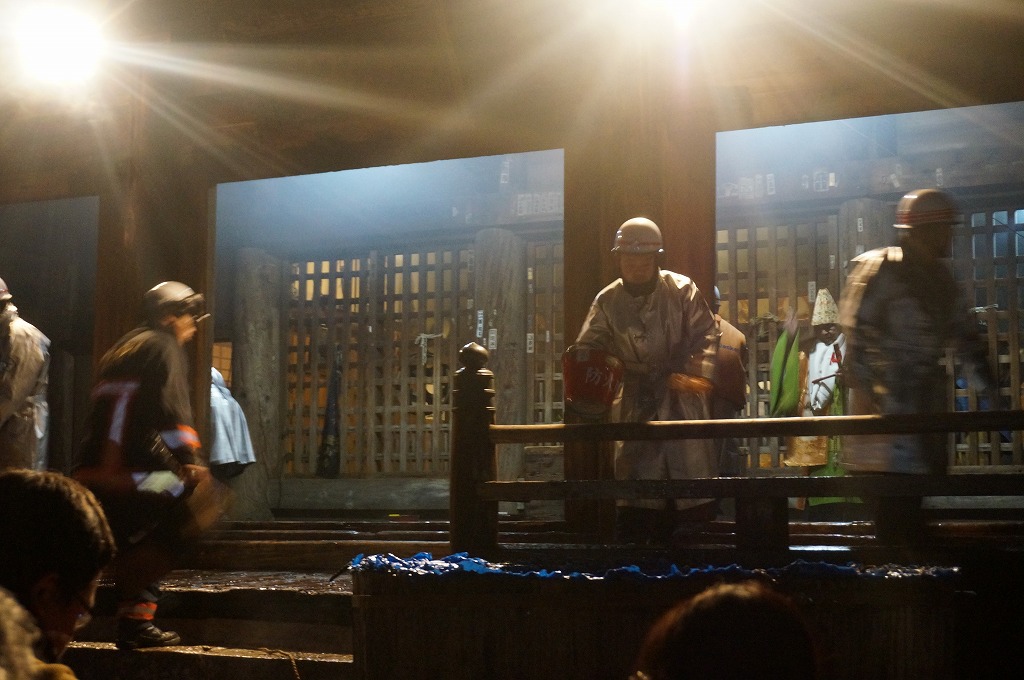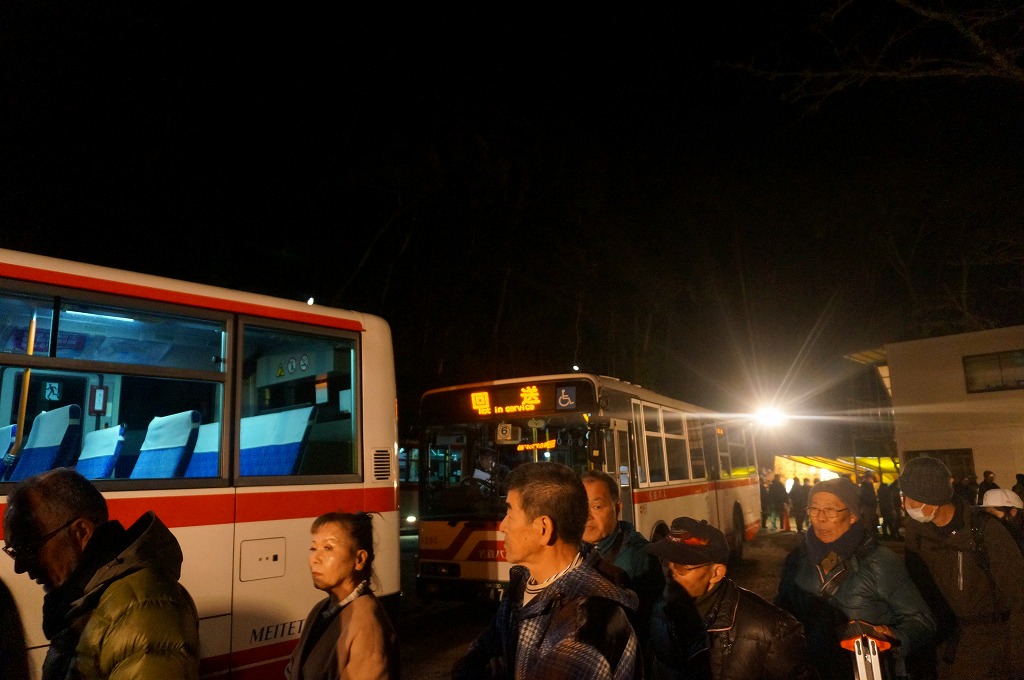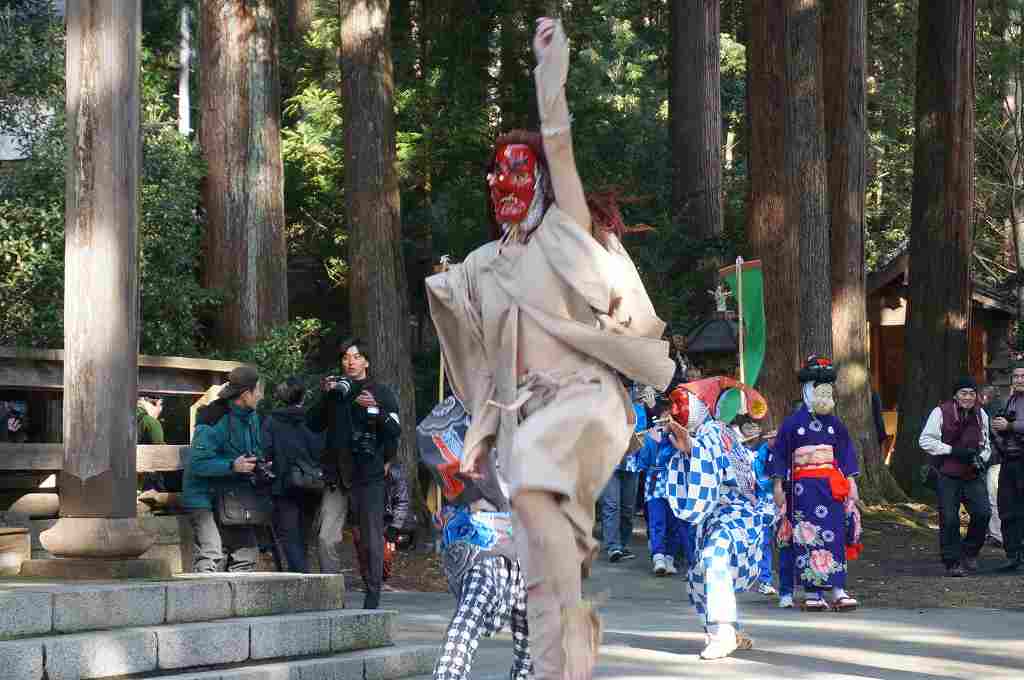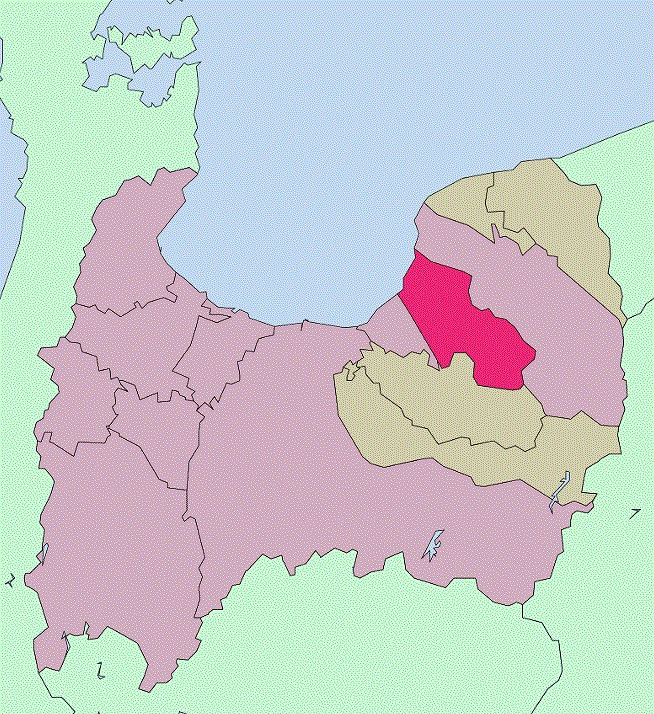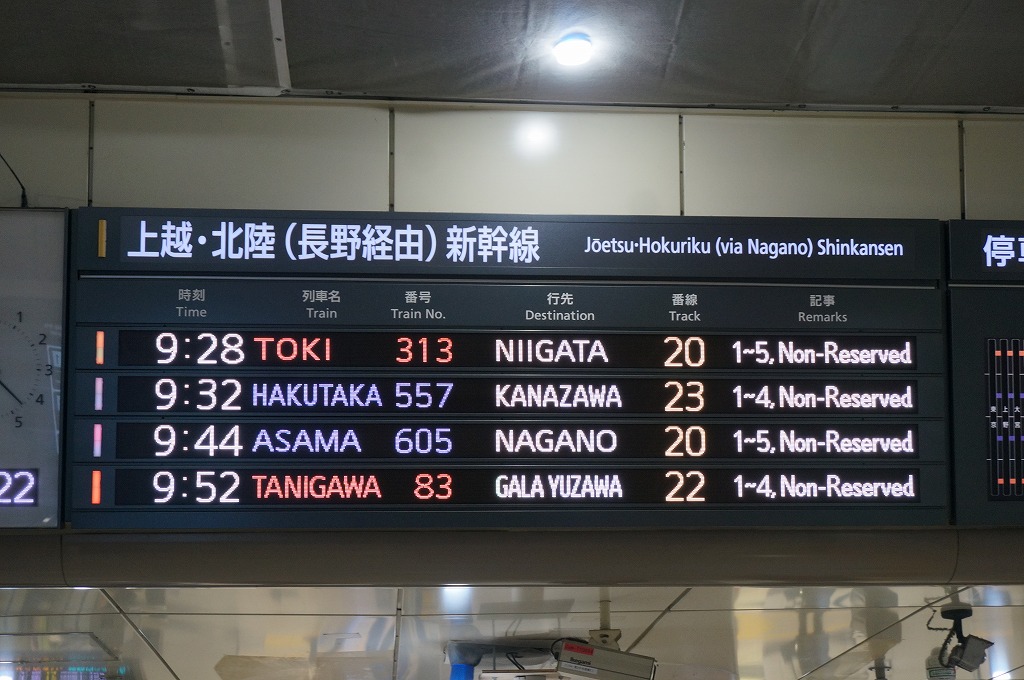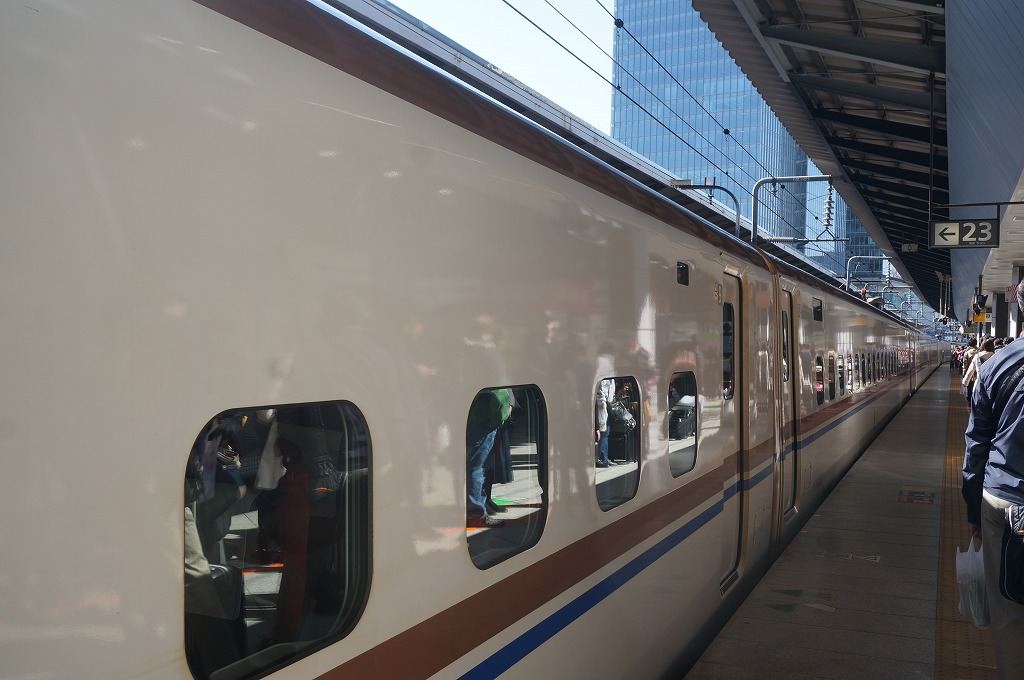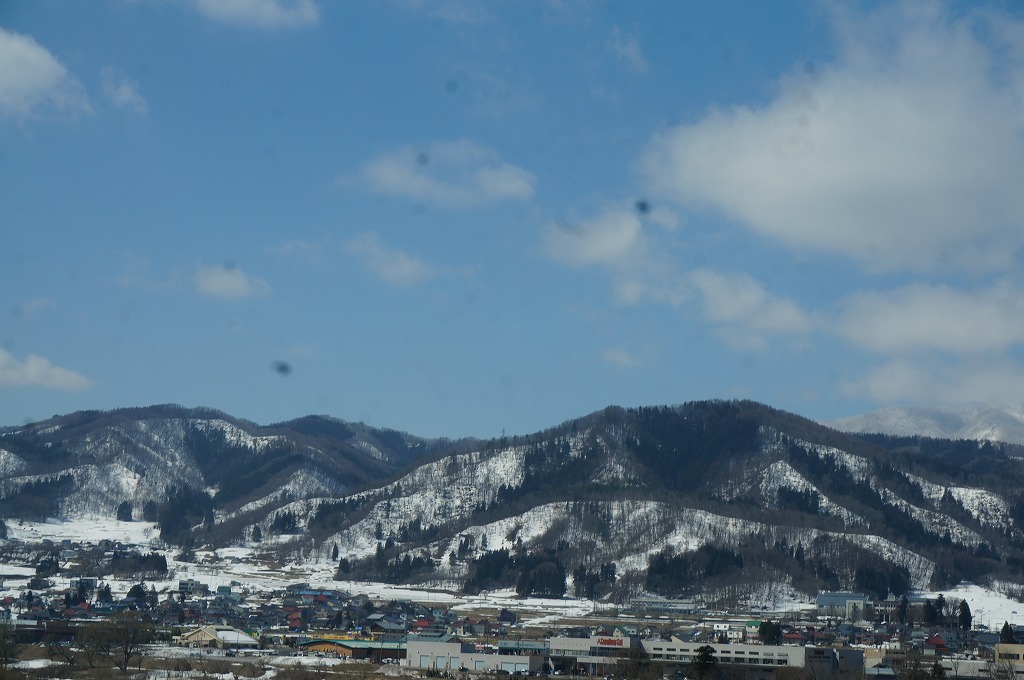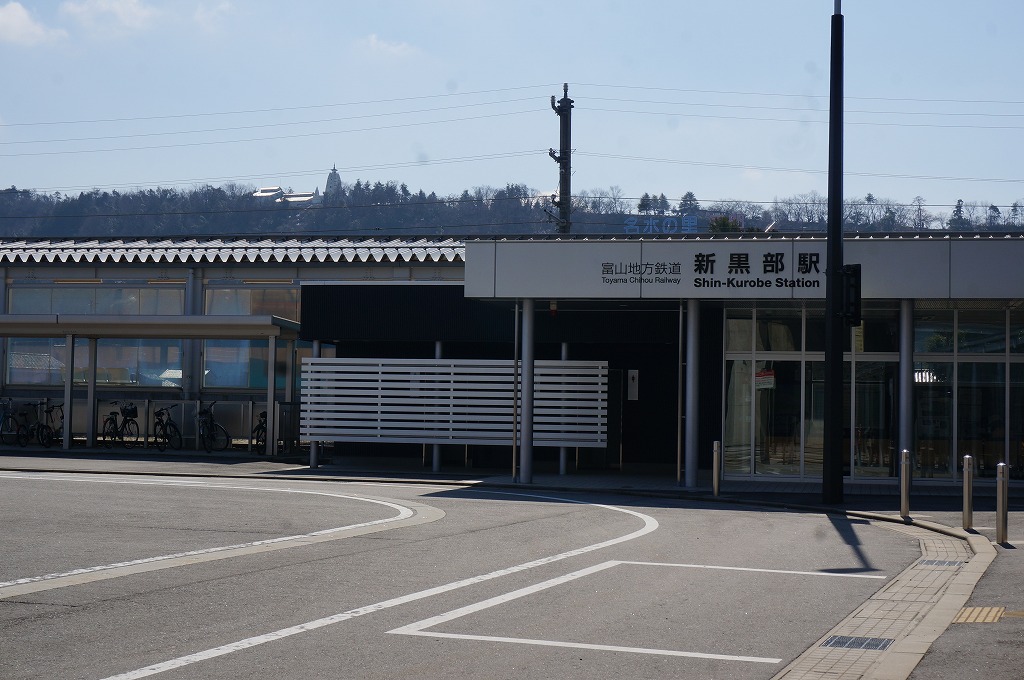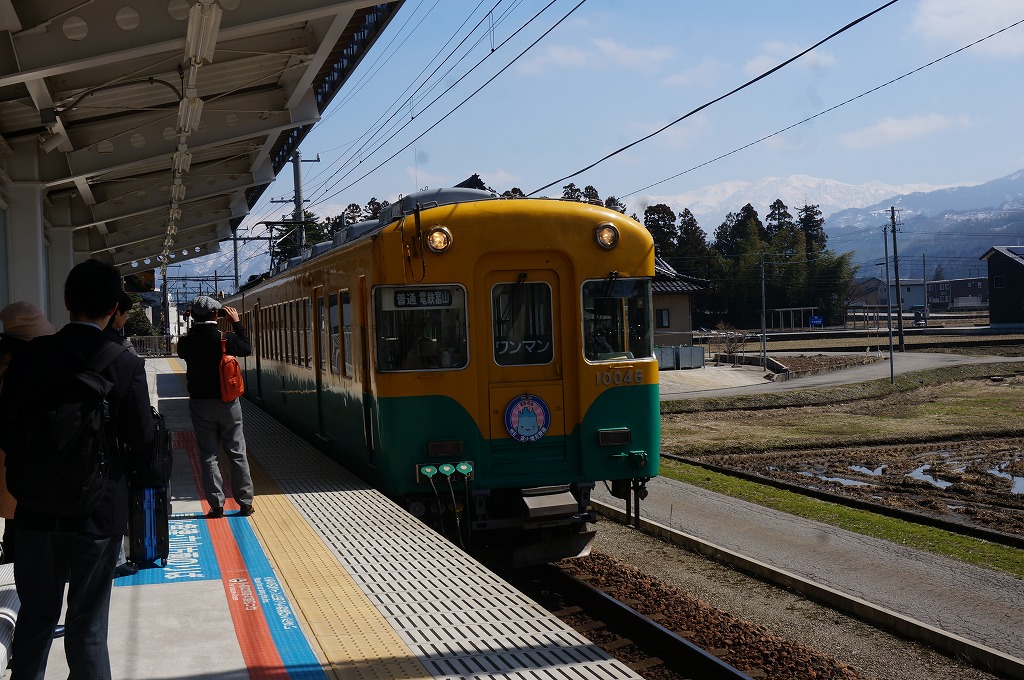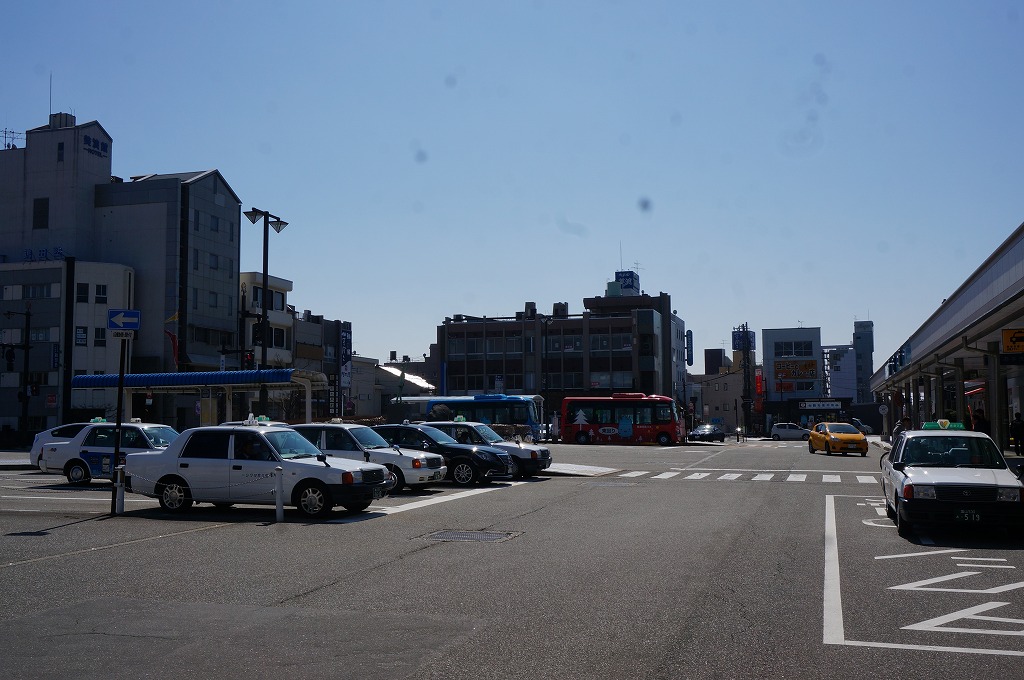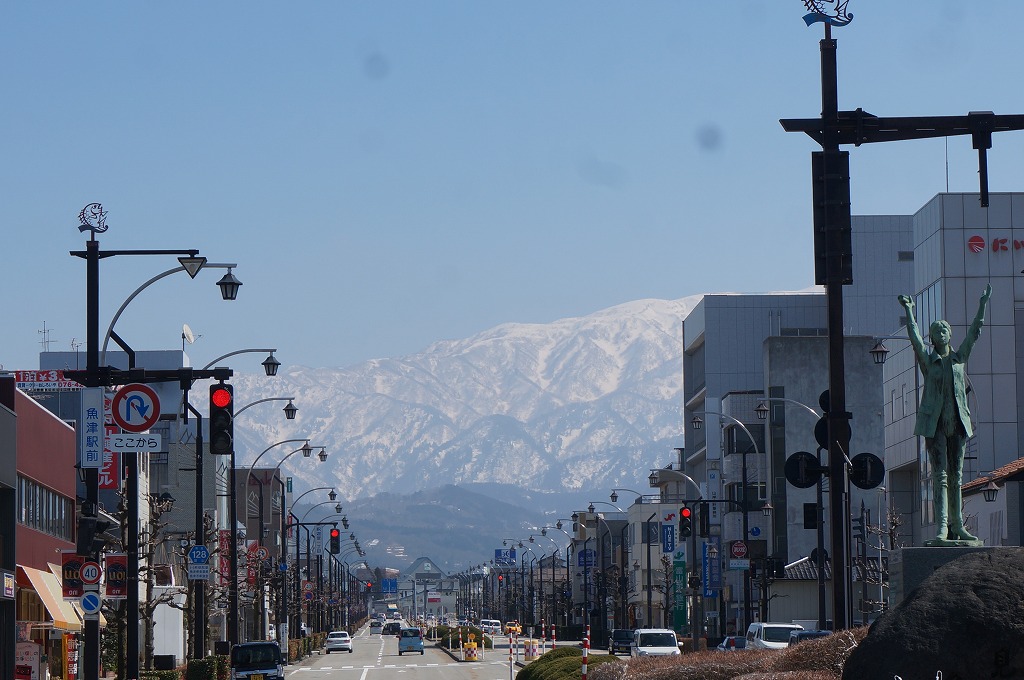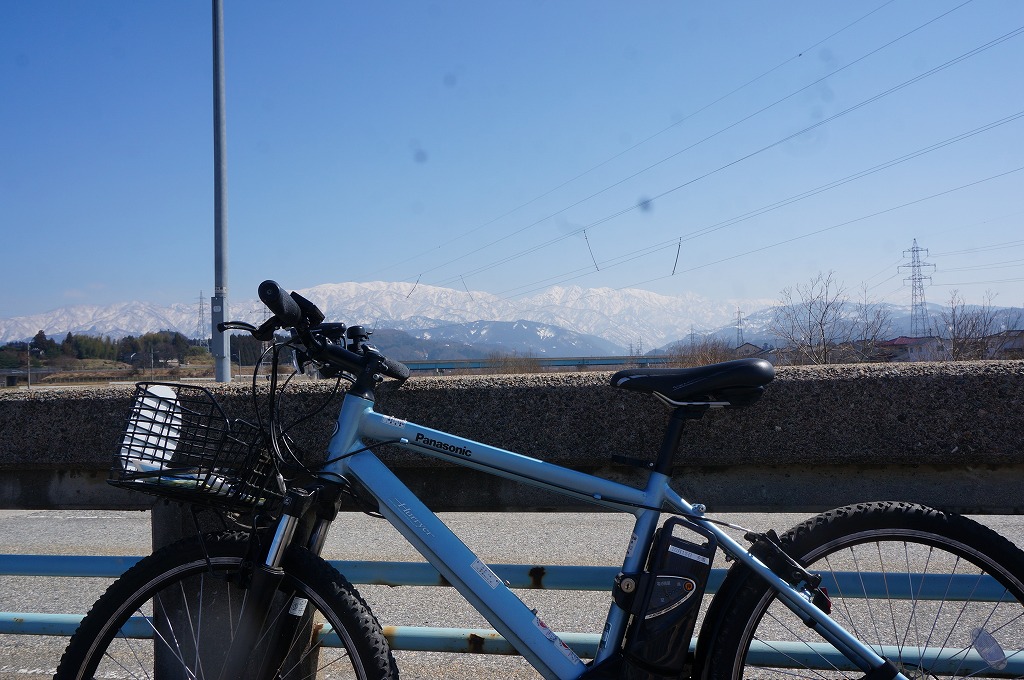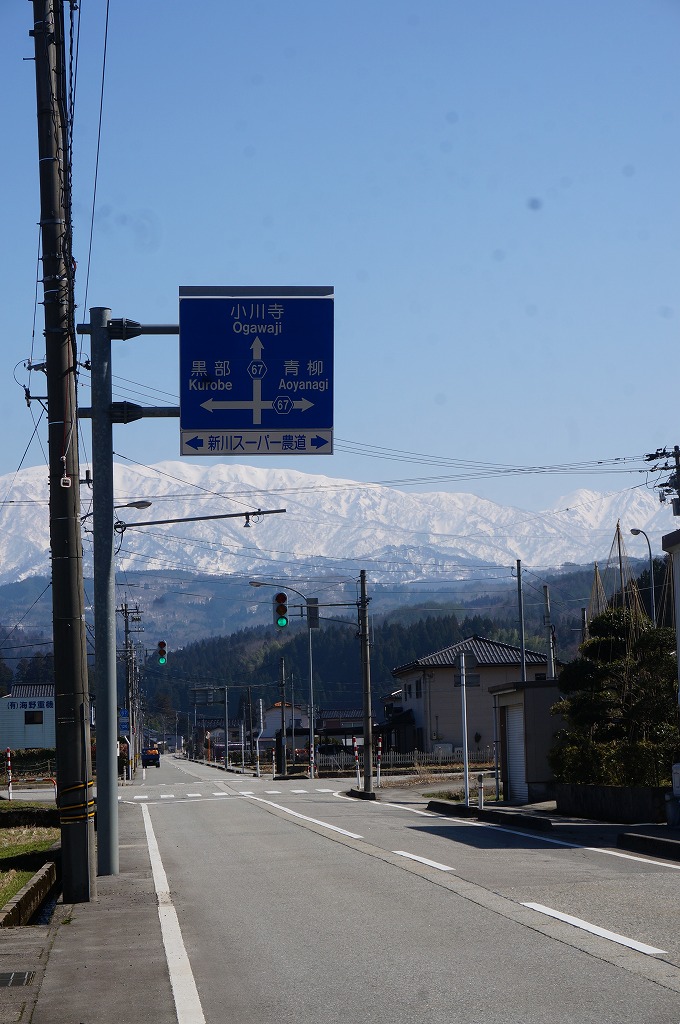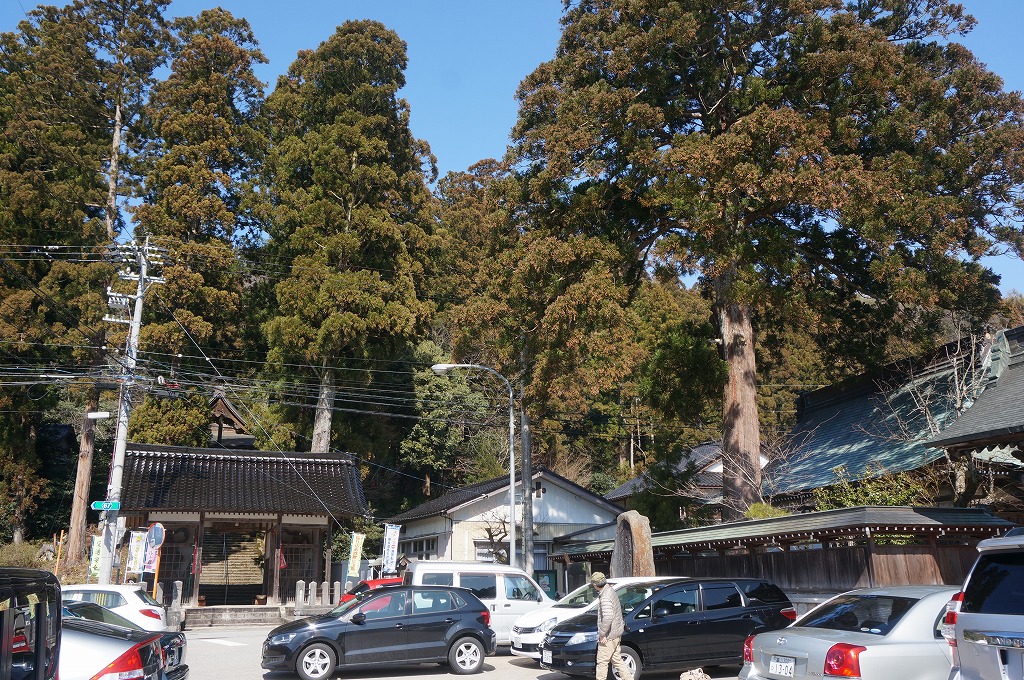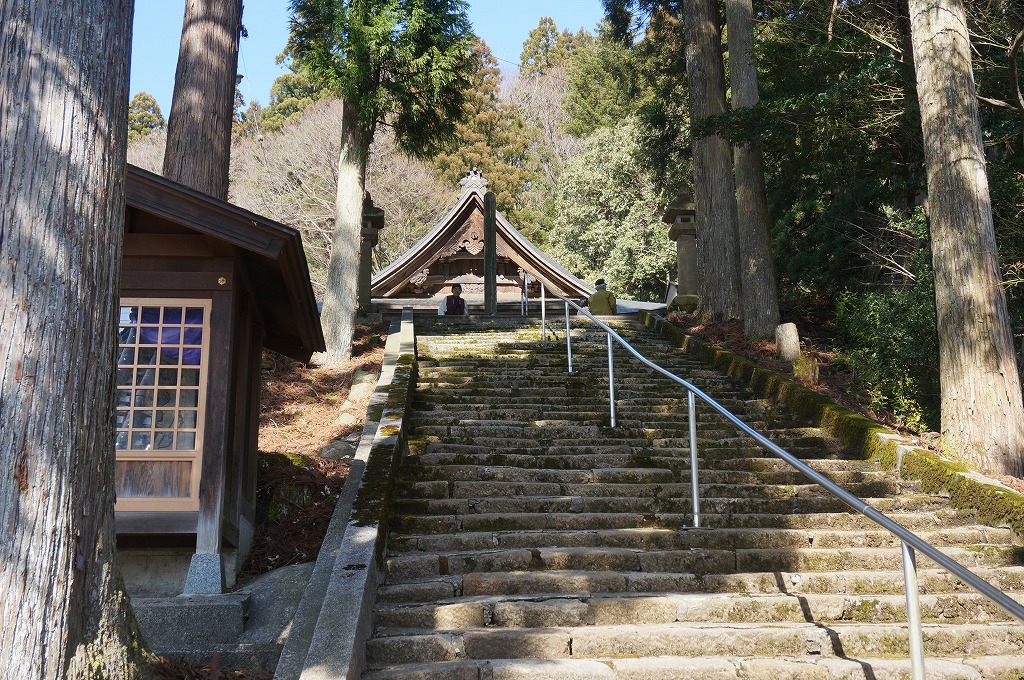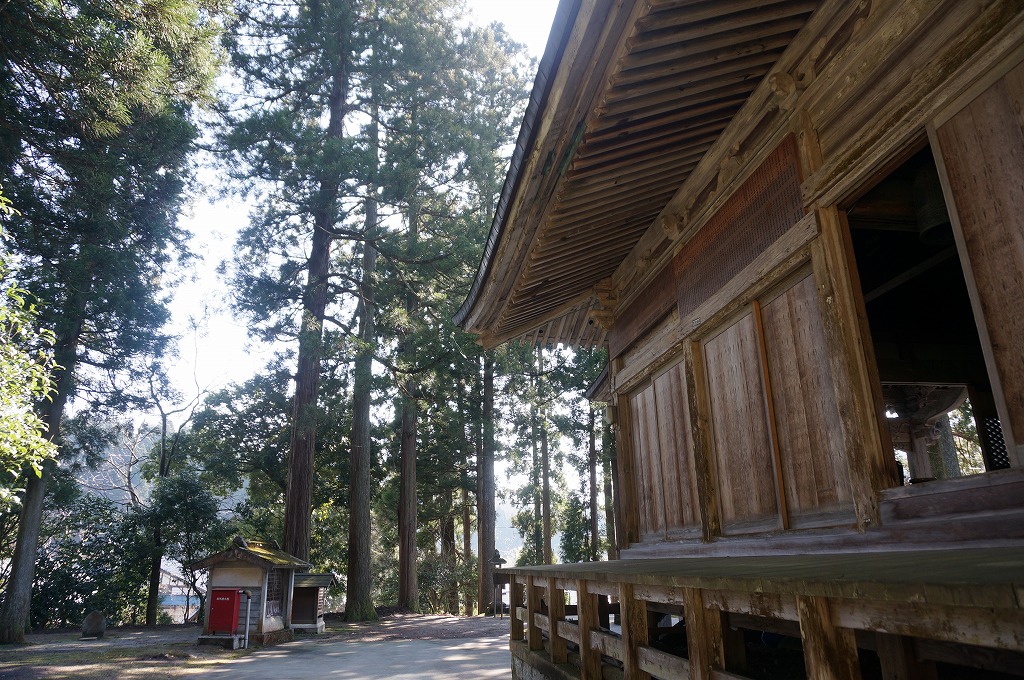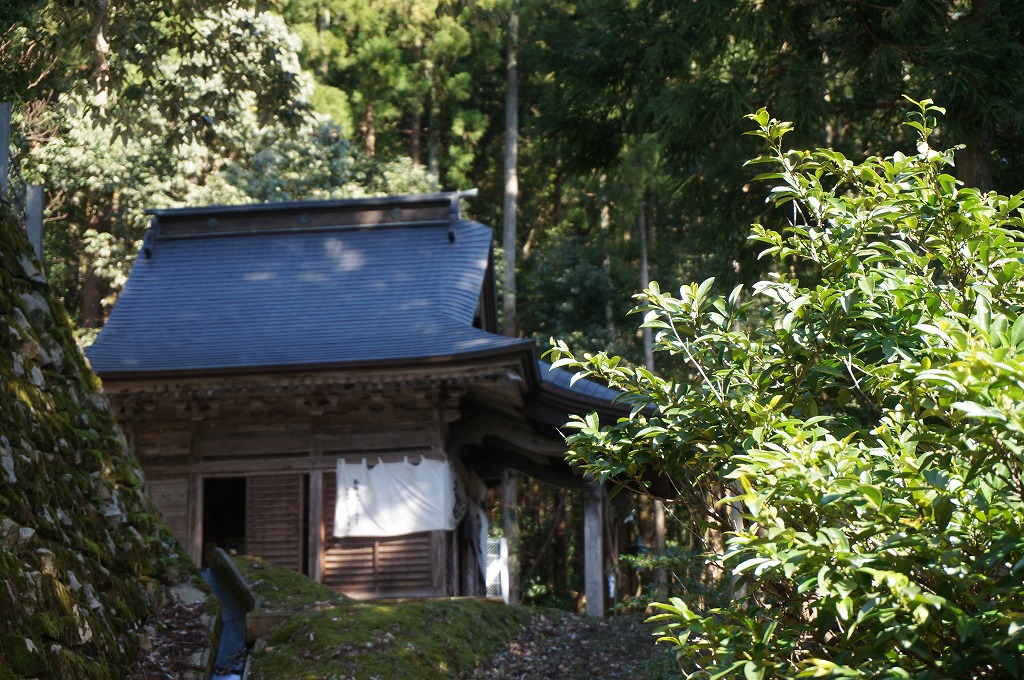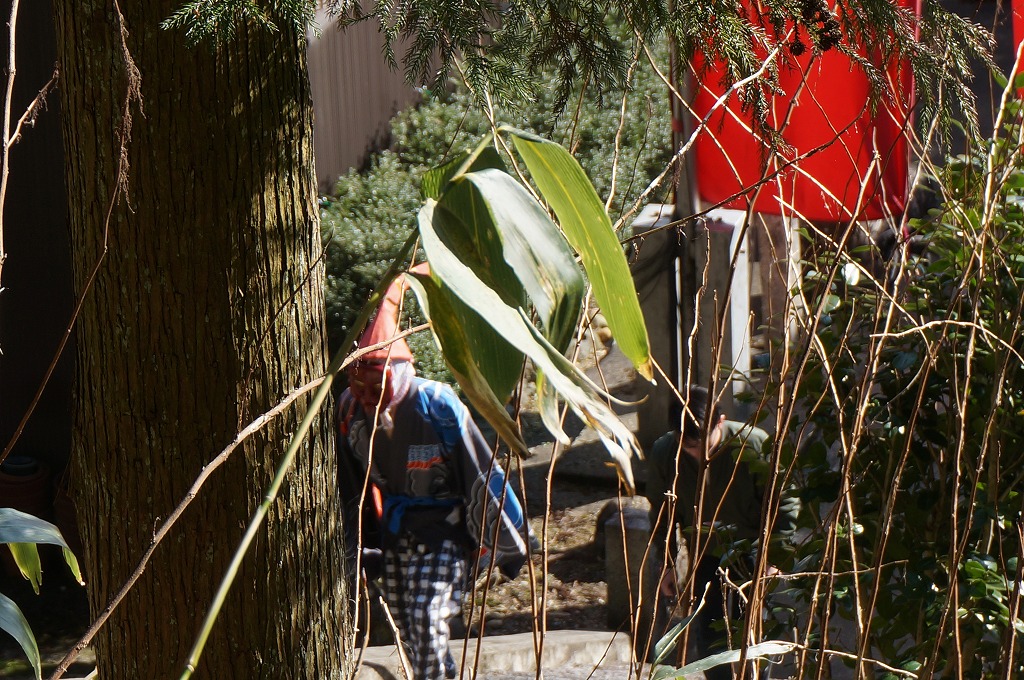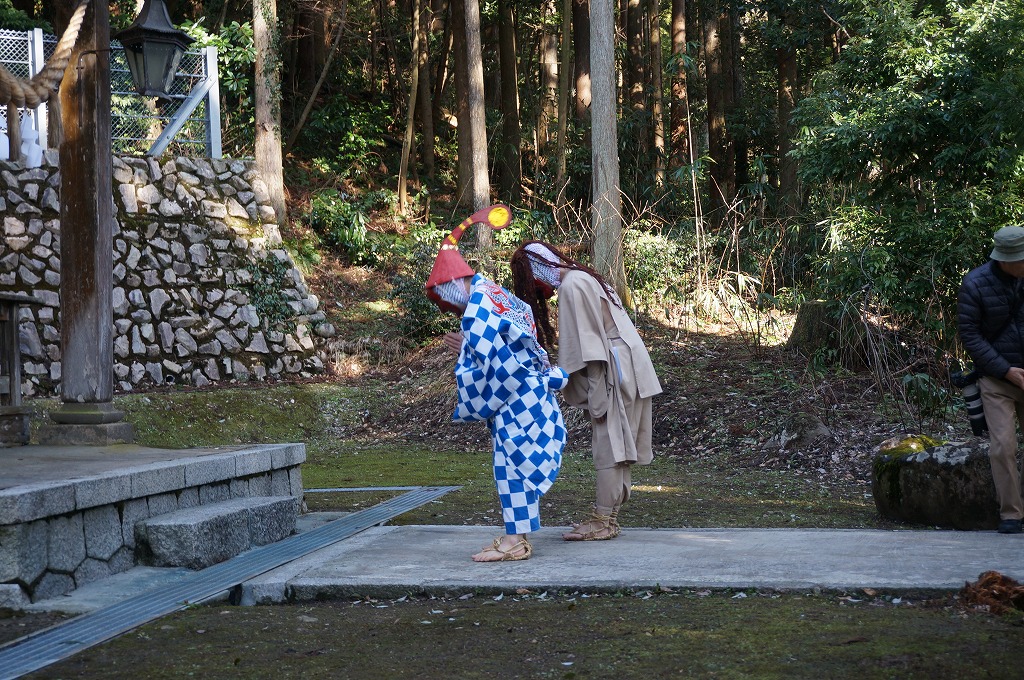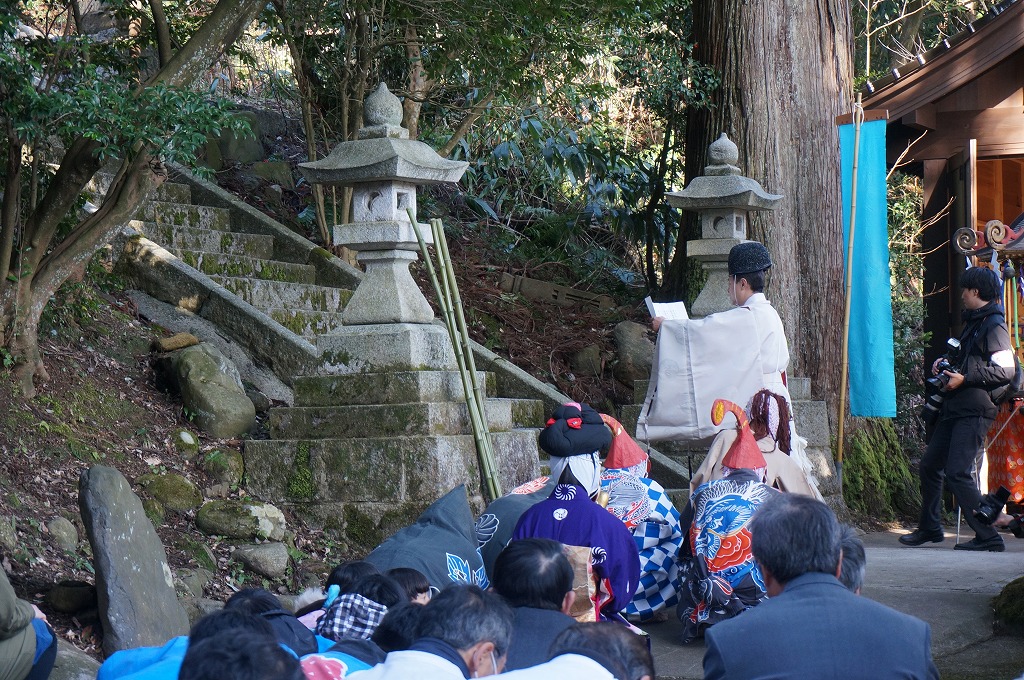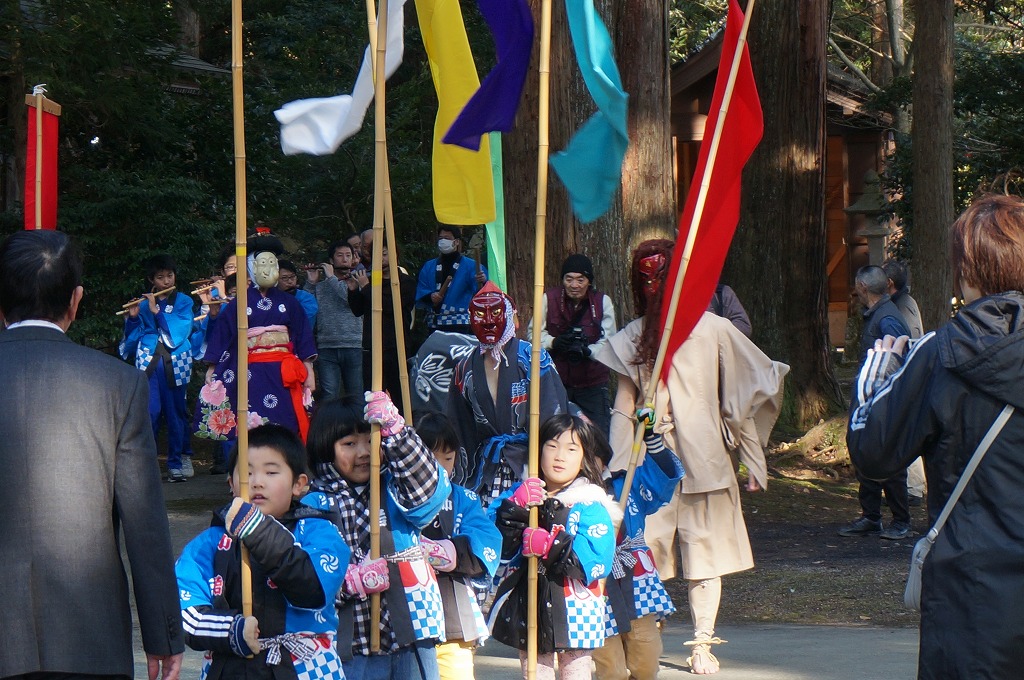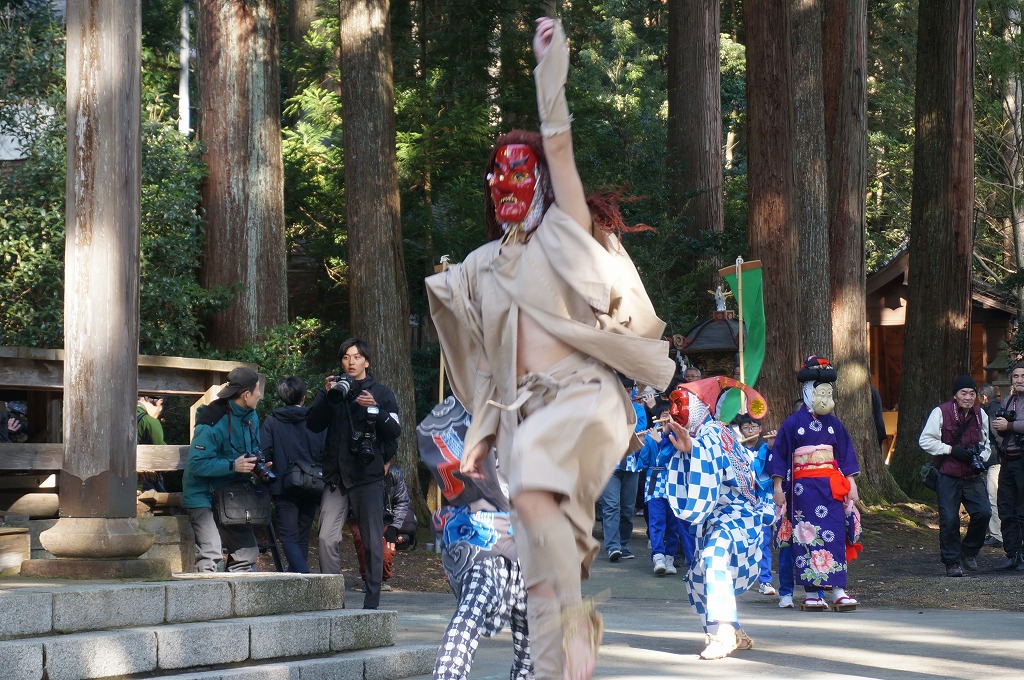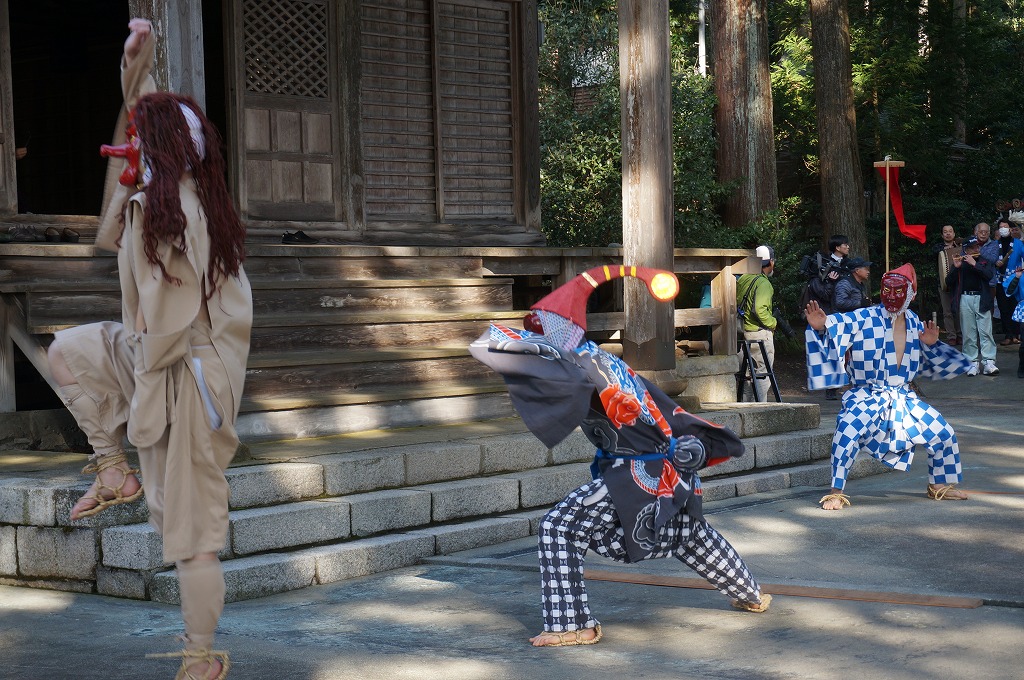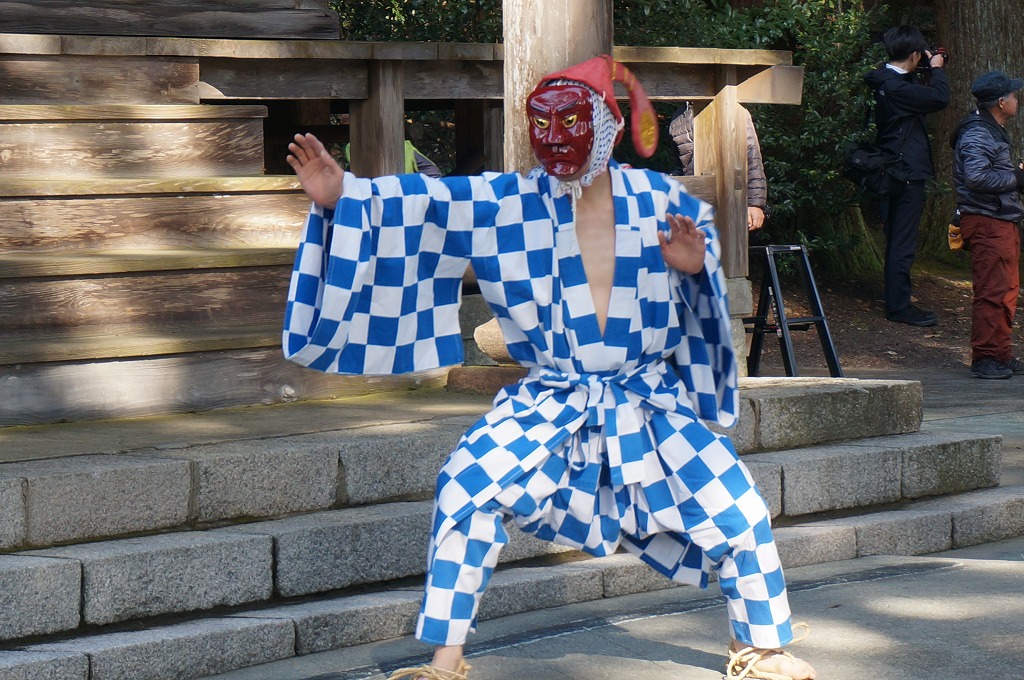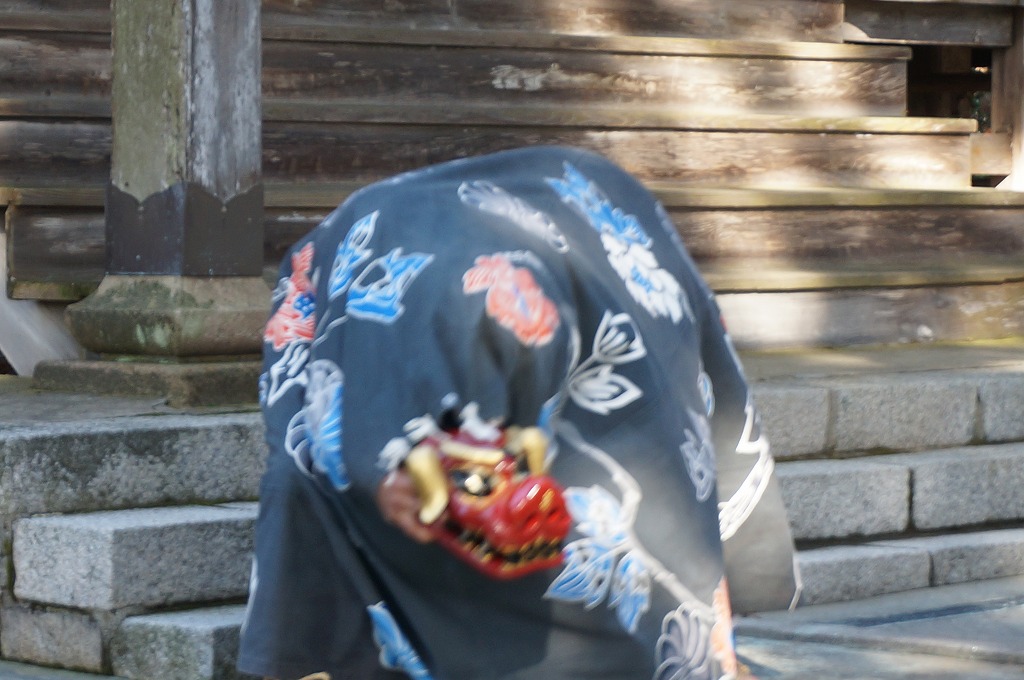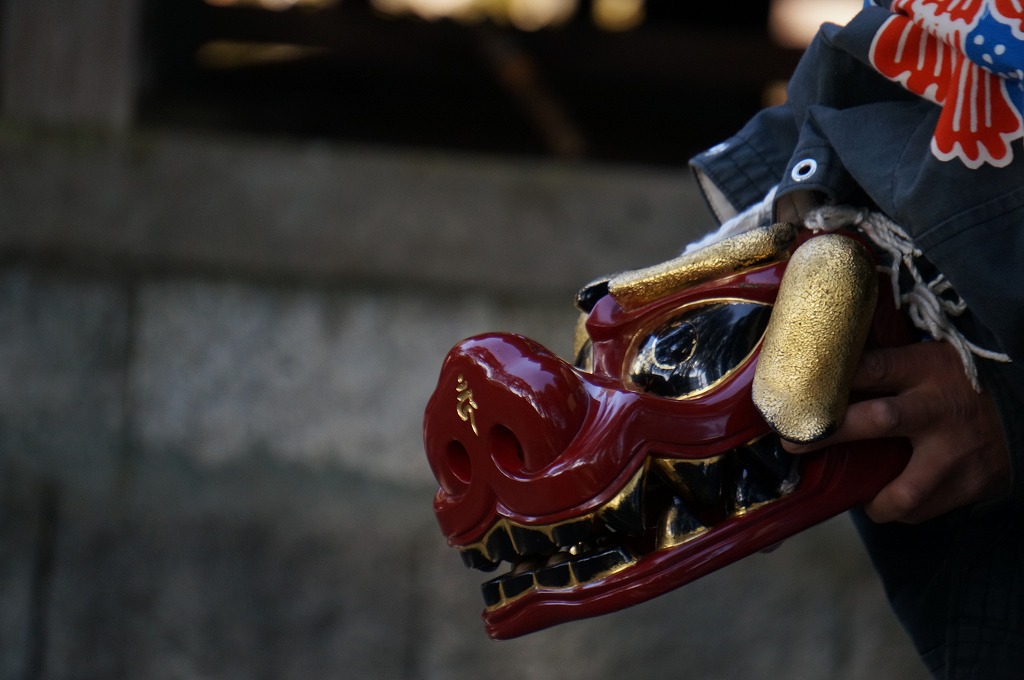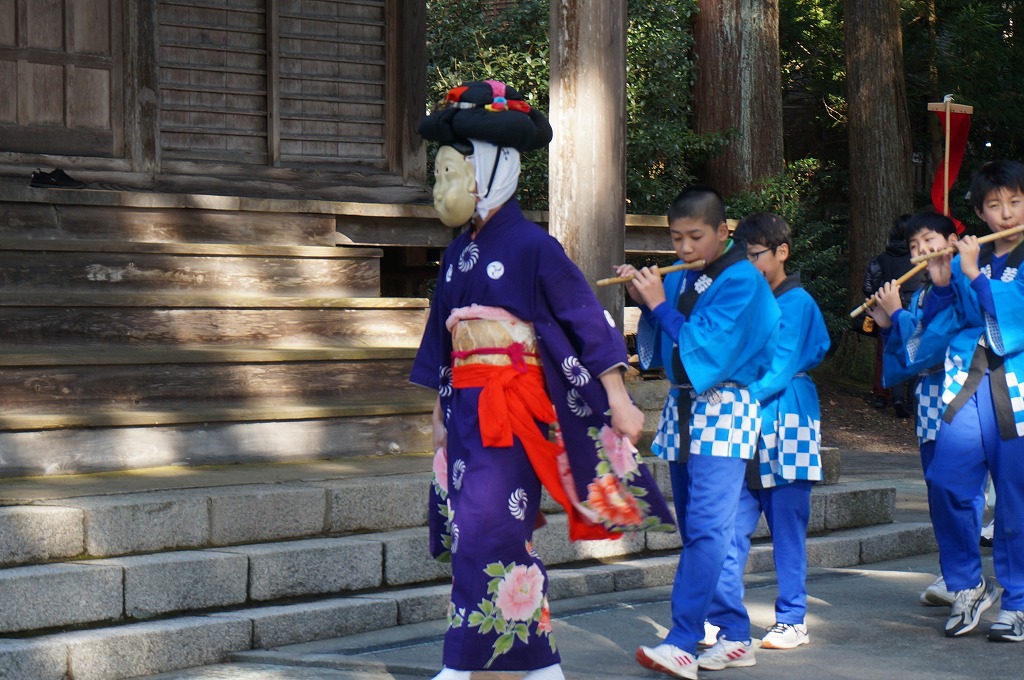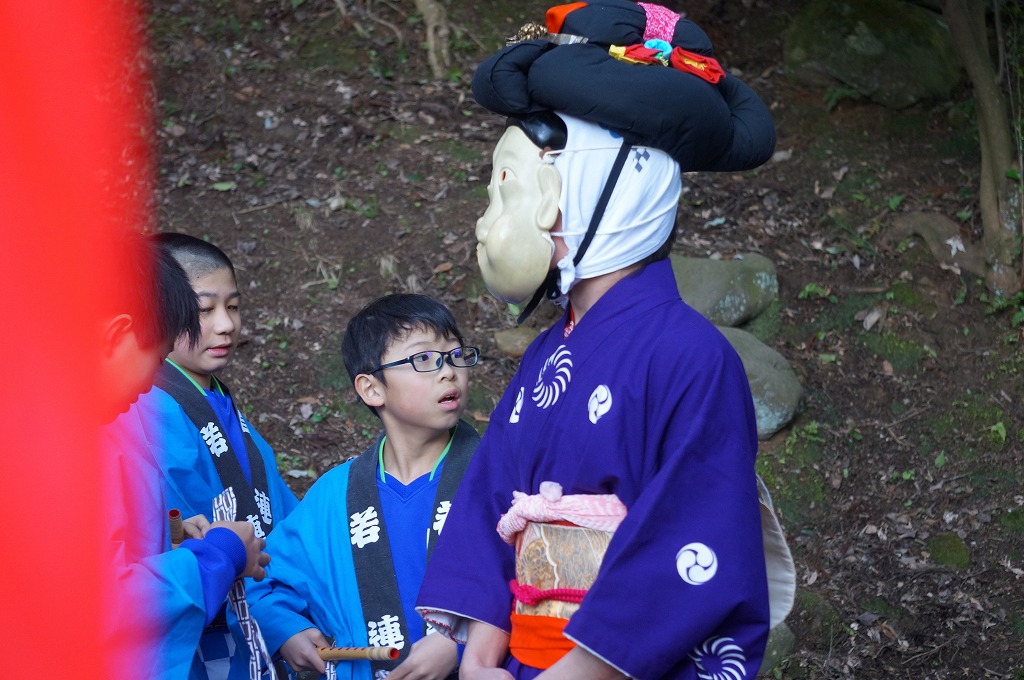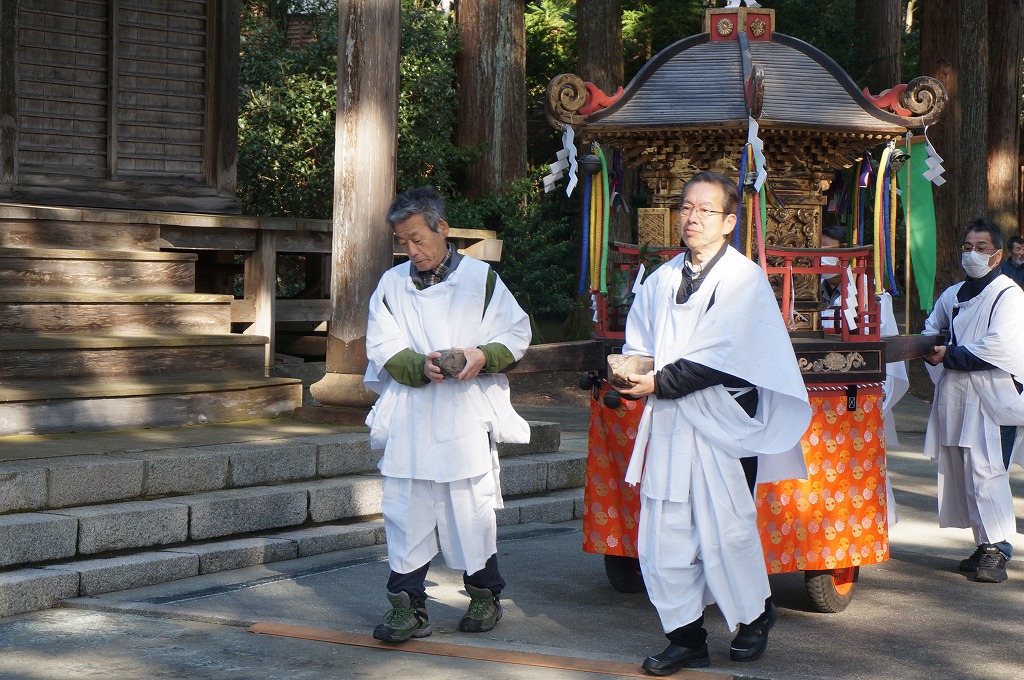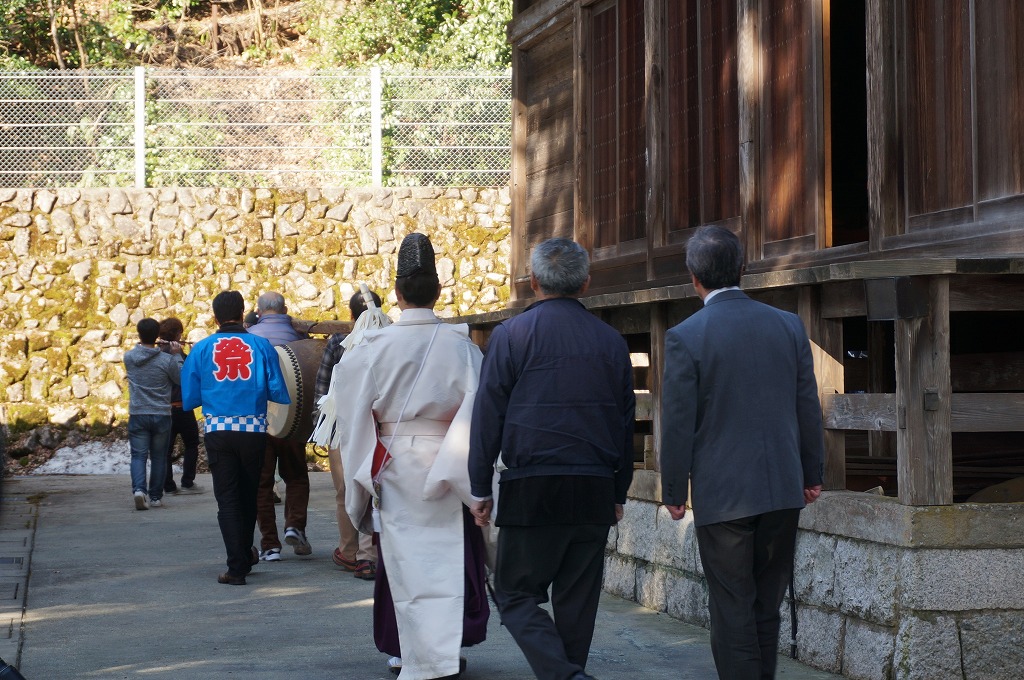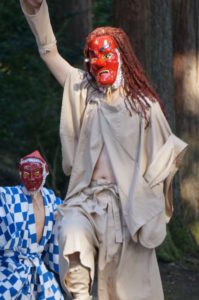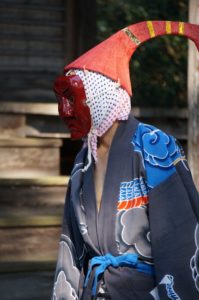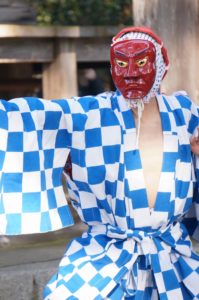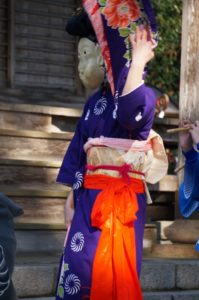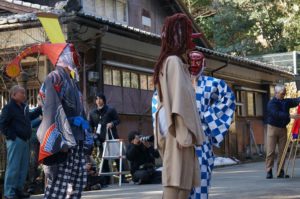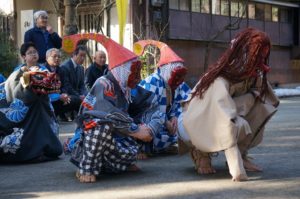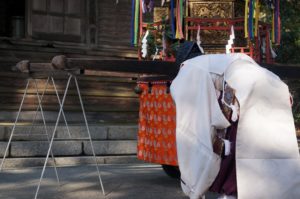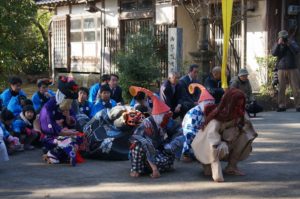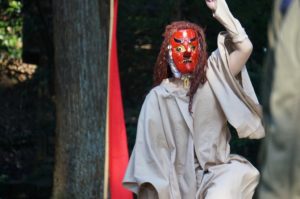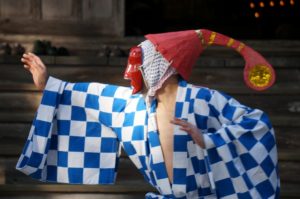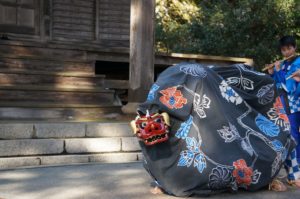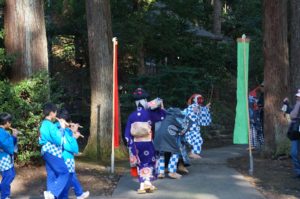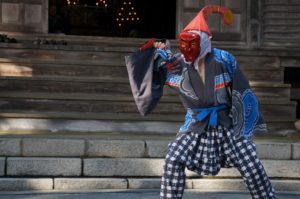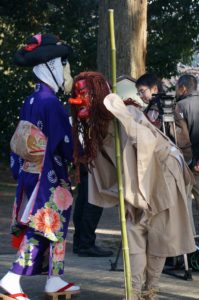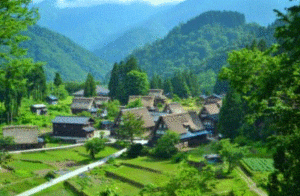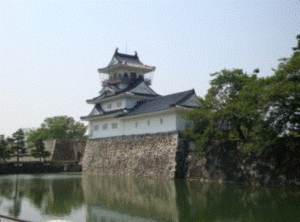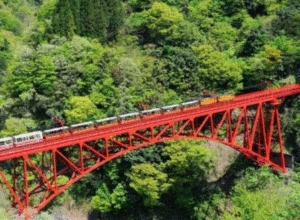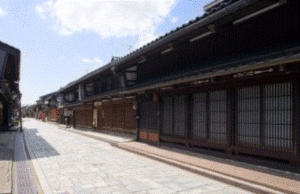Report: Three Reasons for Going to Toyama~Part 2 The Lion Dance Day in Shinminto
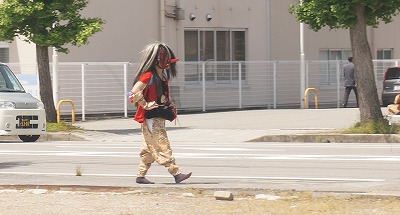
Today, we will go to Shinmiato. Shinminato was a city’s name. It merged with other towns and became Imizu City. So it will be more easily understood when you say Shinminato rather than when you say Imizu even now. For those who saw Rokudoji’s Lion Dance (cf. part 1) and those who didn’t, although you can see the event of this special day, it is wasteful since you came all the way to Toyama on this day. It is said that you can see the lion dance anywhere in Shinminato all day long if you just go there. And you need not spend all day to see the Lion Dance. You can either go sightseeing in another place or can sleep at a hotel. But, all the more, I recommend you should spend all day watching this lion dance.
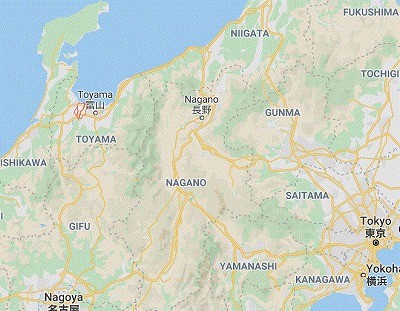
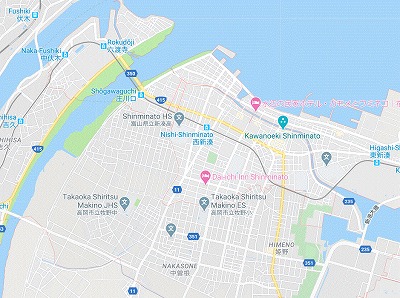
In my case, I went first to “Kanayamachi” and “Yamacho-suji” in Takaoka city before going to Shinminato because I stayed in Takaoka. And I was too tired to see the lion dance because I had spent all day watching one in Rokudoji. I wanted to stay in bed. I was very tired. But I got out of bed just because it was my personal mission to tell people about the interesting aspects of masked traditional performing arts and I was born to be poor.
“Kanayamachi” is the street that has elegant houses with delicate latticework characteristic of Japanese architecture that line the gently curving road. I love this town. It gives a floating impression which transports me to a different world just by being there. Both “Kanayamachi” and “Yamacho-suji” are “Important Preservecd Districts of Historic Buildings” (there are more than 200 of these districts) . In short, it is an old street that has been left as is. It doesn’t take a lot of time to see and walk around. Kanayamachi’s street is only 450 meters long. Yamacho-suji is only 600 meters long.
I don’t know whether you wanted to walk around Takaoka or not, because you are going to Shinminato. However, where is Shinminato? This question, actually, was mine. I didn’t have knowledge of this town or the event. I was too late to get reliable information about the shrine. I had to depend on unreliable information on Internet that said “If you go to Shinminato on that day, you can get information everywhere”. As a result, I could get reliable information.
Where is Shinminto? You will be OK if you get off at the station called “Shinminato” on the Manyo Line. It is safe to assume that everything to the west is Shinminato. To be specific, it’s Nishi Shinminato.
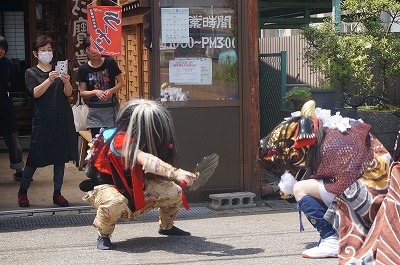
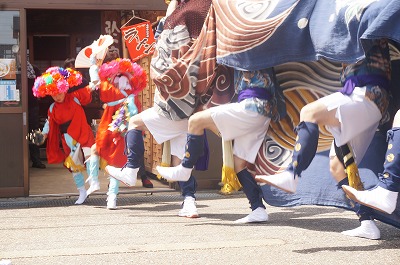
It was still the morning of a weekday. There weren’t many people but they were very enthusiastic. And then, I saw another group on a small truck pass by. I found two groups. Besides these two groups, I found the third group while I followed the first group. The words I happened to see that you can find the lion dance easily if you go to Shinminato on the day were not false. I was a little worried because I heard the rumor that recently, some groups changed the day to Saturday or Sunday near the special day. But this was worry for nothing.
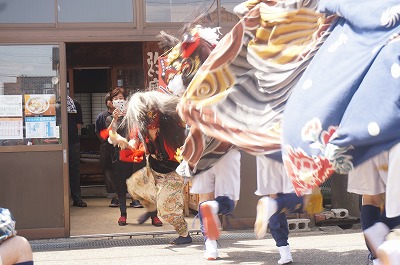
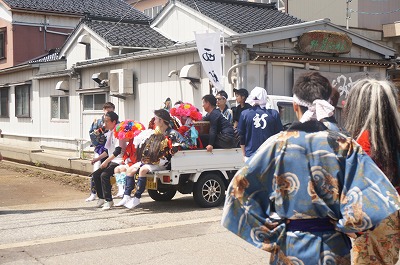
Even though it was a weekday and there were few people, they were very active. Even though people have their daily jobs and children were in school, the mood was still very festive. I suppose that they had a spirit that we preserved this tradition and it is natural that the people who live in this town will support it. This feeling is natural, coming from the people themselves. Besides, I guess they don’t only want to preserve tradition, they just do it because it is very enjoyable. Both participants and citizens in the audience love this performing art.
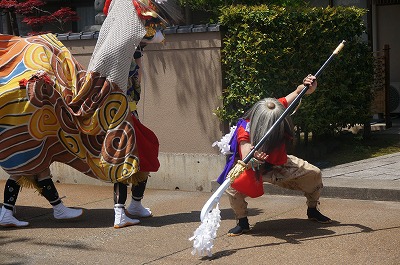
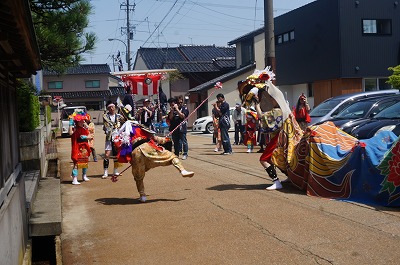
The style is almost the same as Rokudoji (cf. Part 1). The composition of the group of the lion dance is pretty much the same. A lion, some Tengu, some Kiriko and musicians. And they wander around doing the lion dance in their area the whole day.
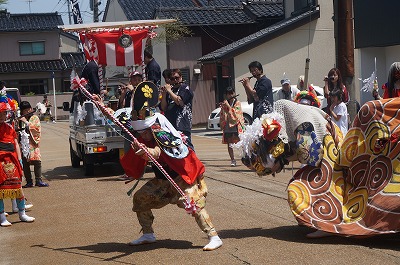
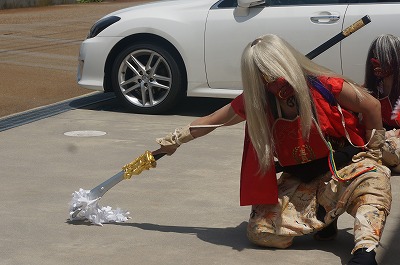
Their theater is on the streets. They have no special facility, no special area with a shrine. The town where they usually live is the stage.
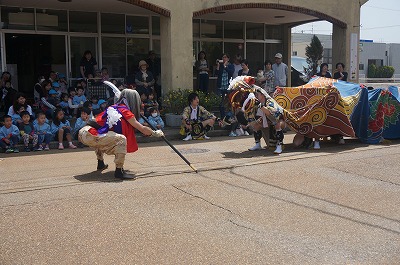
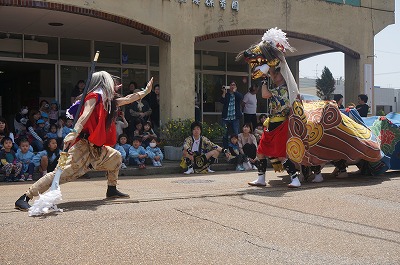
So, when they arrived at a nursery school, the children were already sitting down in front of their school. In this region, people think that watching this performance is educational and fun.
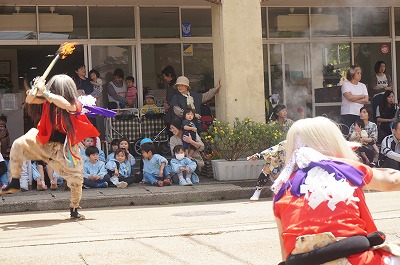
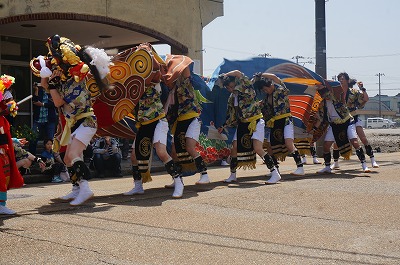
The Tengu carried a special torch. The performance time became longer, too. Even though it was in front of children, they didn’t cut corners. You can feel the spirit of the lion dance group. There are, of course, other people. But the participants perform solely for the children. When the group of the lion dance comes, the teachers have children watch it in a natural, relaxed way.
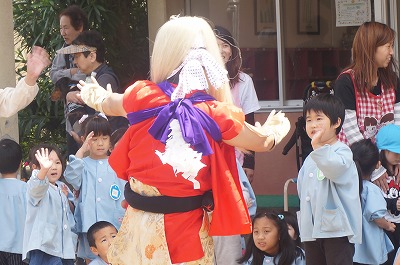
Children grow up watching the lion dance and have inherited this region’s tradition. Shishi, Tengu and Kiriko are their heroes like a TV show’s characters.
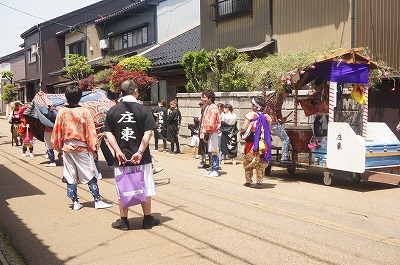
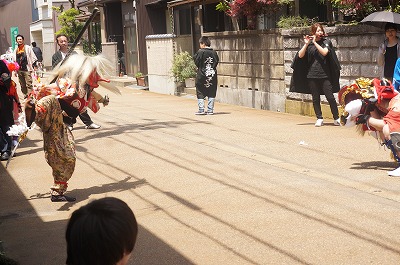
Next. I found the fourth group, “Shoto” on this day. Each area has a group of lion dancers in this district. Each group has done almost the same performance. If so, you say, its enough to watch only one group. No. Although I said “almost the same”, it doesn’t mean exactly the same. The design of the long covering each lion is different and the chants are different, too. Furthermore, the number of each group and territory are different.
All of their performances in the morning finished at 1:30pm. They took a lunch break and the town got quiet again for a while.
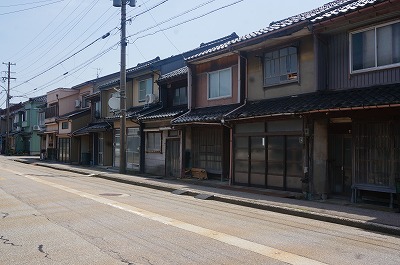
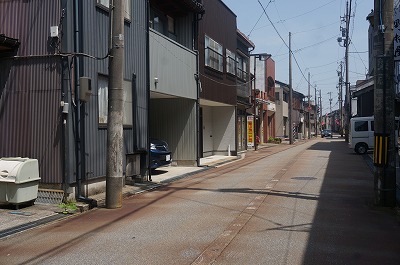
Shiminato is an old town. It is not so much a historical town as it is a place where time seems to have stopped about 50 years ago. The town has been the setting for several movies, and recently a movie featuring the Hikiyama festival, with the festival floats held in September, was released. Perherps it is the unique atmosphere of this old town, which makes people feel nostalgic that has captured the hearts of filmmakers.
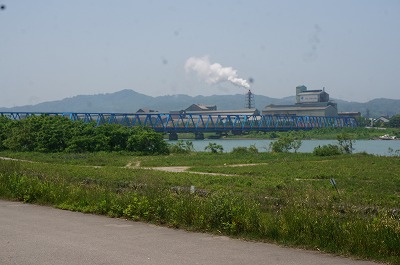

The afternoon sunshine, the endlessly flowing river and the calm sea will surely relax your tired mind. And then we notice that in the towns that pursue only convenience, there are no performing arts remaining.
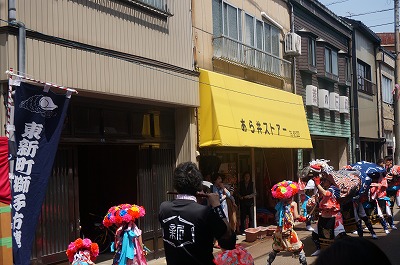
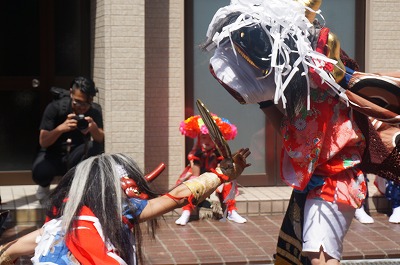
Its just after 1:30 pm. Its almost time to resume. I turn to the city as if the tone of the music is inviting me again. I’ve been listening to it all morning, and I can hear the sound in my ears like an auditory hallucination all the time. There it is. It is “Higashi Shinmachi” I saw earlier.
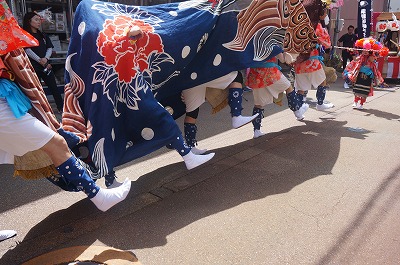
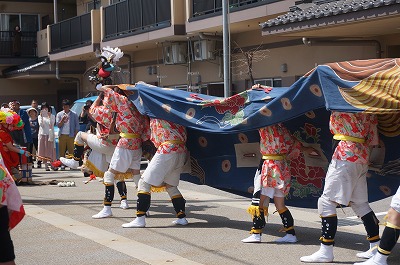
In the afternoon, the number of people seems to have increased a bit. I was led to the plaza in front of the housing complex as I watched. Quite a few people had already gathered there. Other groups had gathered there as well. There, they are going to demonstrate their skill one after the other.
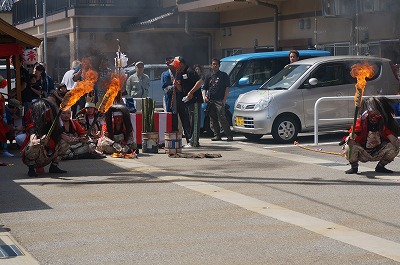
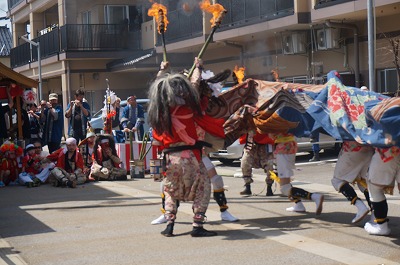
It was the “Nago cho” that appeared. Two Tengu came out there with torches. The flickering fire of the torch bewitches not only Shishi but also the audience.
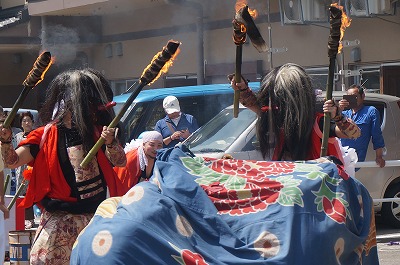
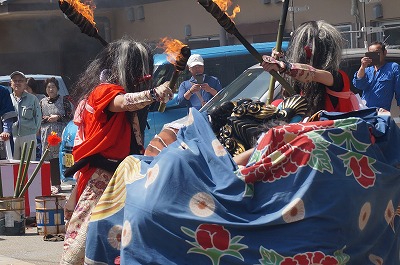
In this way, it seems to be a momentary event, but the truth is that a lot of time has passed there, both physically and in terms of mood. The lion shakes his huge body, sometimes violently sometimes gently, as if in response to the Tengu’s torch. If the lion gives the lion-headed man a ride on its shoulders and threatens the Tengu, the Tengu also carries another Tengu on its shoulders and counters. When the lion comes running in, the Tengu uses his torch as if cleaning the ground. This is the technique that they can’t do or else both are in harmony.
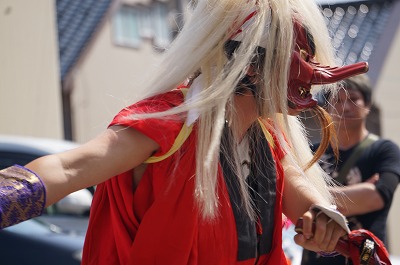
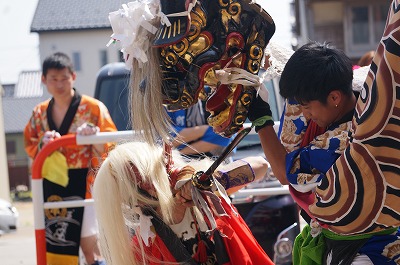
After I enjoyed their performance enough, I got to see “lion slayer” for the first time. The performance of “lion slayer” is so unique one. I suppose that the origin of this performance came from “Kinzo-Shishi” in Gifu prefecture, next to Toyama. “Kinzo-Shishi” is a performance where a man called “Kinzo” fought Shishi that destroyed a farm. In this performance, Shishi appears as a bad being. However, the lion (Shishi) is a sacred animal originally. So people could be confused when they see this performance. I’m sure they probably had to say “What does this mean?” Now, they seem to have settled on the fact that they are not killing the lion itself, but getting rid of the malignant nature of the lion.
It’s a quiet beginning. The tengu and the lion move freely in time with the music. When one swings to the left, the other is in tune with the music. This may be called a play in its entirety, but it could also be called a ballet or a musical in the sense that it is set to music.
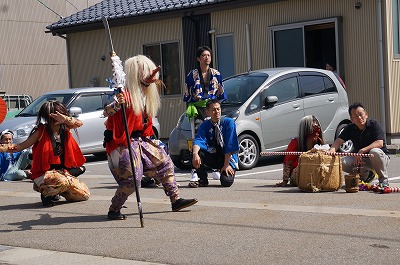
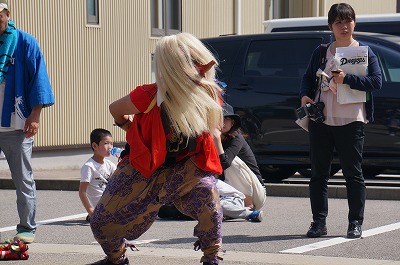
The lion and the tengu are not evenly matched. If anything, the lion is stronger. The tengu is always frightened of the lion. If possible, the Tengu would like to avoid a head-to-head battle with the lion. This is expressed in the performance by the Tengu’s trembling legs. But here’s the crucial moment. Kiriko is captured by the lion.
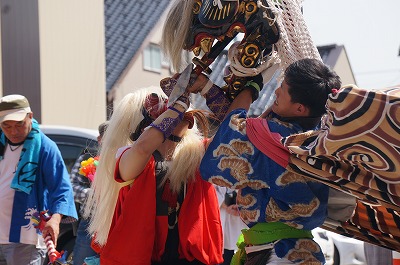
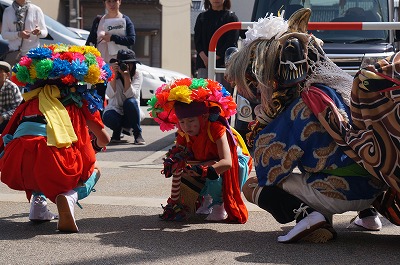
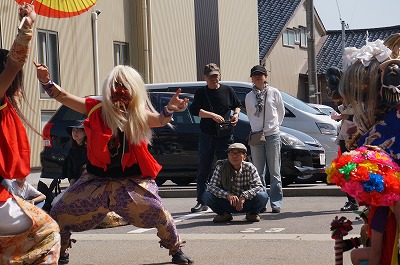
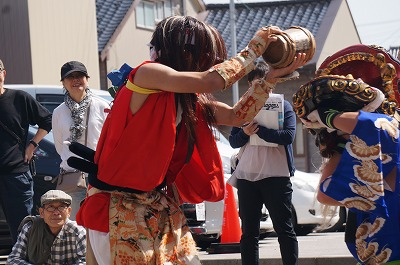
The Tengu must save Kiriko from being captured by the lion. However, fighting the lion head-on was not a good idea. What should they do? Make him drink. The lion was so absorbed in drinking that he would ignore Kiriko. One of the highlights of the battle is when the lion raises a cask of liquor in his mouth in one fell swoop. This may have been the inspiration for the famous myth of the Orochi’s (being like dragon) extermination, as the same method is also used to slay the Orochi. Either way, the lion gets drunk and docile. This ploy works, and the Tengu succeeds in killing the lion, but as the lion gets drunk and gradually moves less and less, the tone of the music is exquisitely slowed down. The Tengu still managed to make sure that the lion was asleep. The staging in this area is so brilliant that it is hard to believe this is an amateur play, making everyone in the audience gasp. The Tengu would then “kill” the lion.
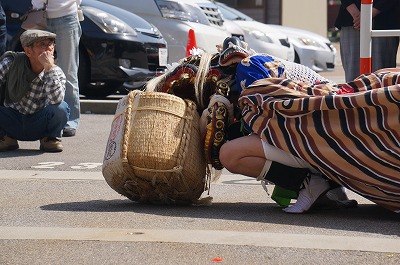
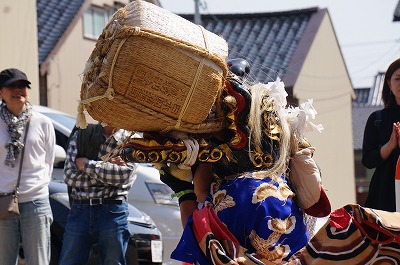
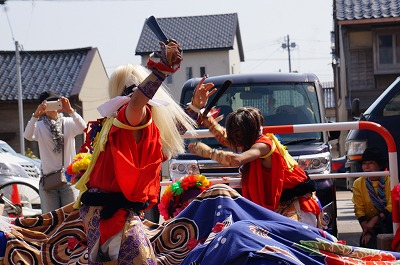
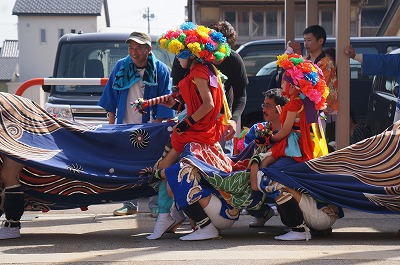
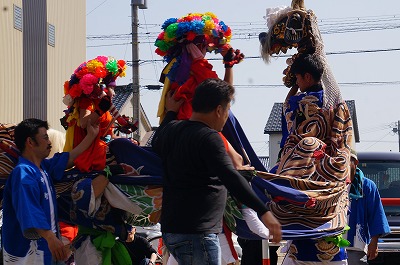
The lion is reborn. The symbol of this is the scene in which the lion stands up with Kiriko on his back. The music that had been suppressed until then explodes. The scene is very solemn. The local lady smiled and asked to me “How was it? Was it interesting?”. I looked at her and she looked a little proud.
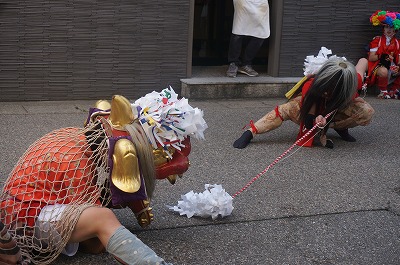
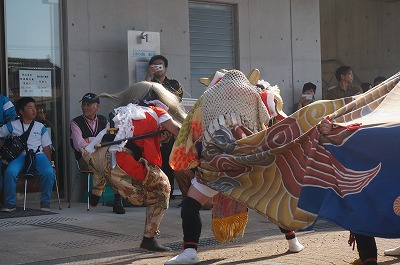
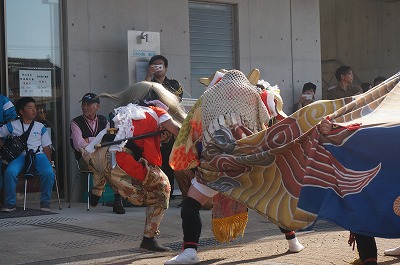
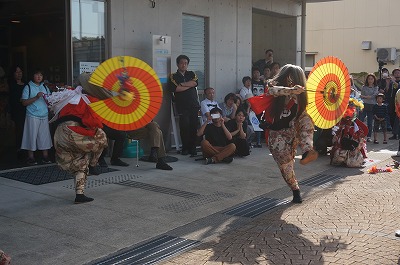
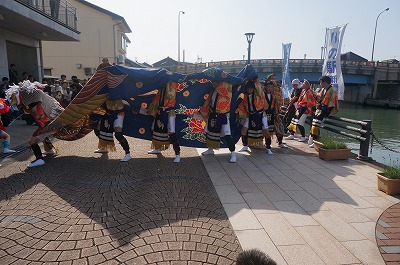
I found a number of lion dance troupes after that. They were everywhere, in the back alleys and along the river. It would not be an exaggeration to say that the whole of Shinminato is steeped in the sounds of the lion dance.
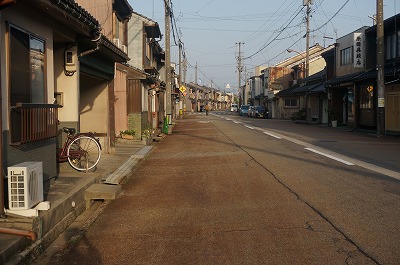
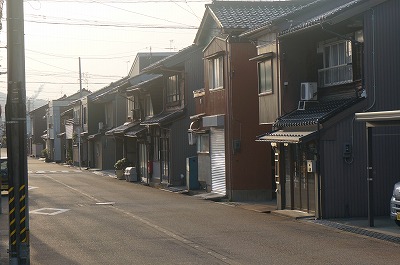
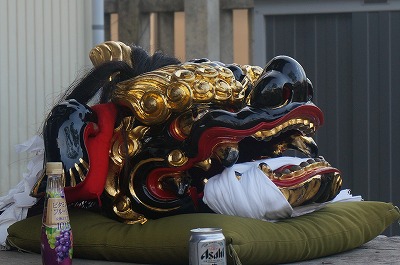
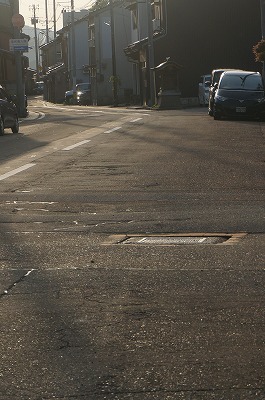
After five o’clock in the evening, the town is quiet again. After this, the “Iwaibana”, so to speak, which is the most important part of the festival, will be held.
As I walked through the quiet town, I happened to see a lion’s head on in front of the main hall of a large temple. An elderly person stands talking in the evening shadows. The pursuit of economic efficiency is always the focus of our attention, but this is the kind of quiet and modest life that has always been carried out in this country. If you have the opportunity to visit, I’m sure the town will tell you all about this and give you a glimpse of its little treasures.
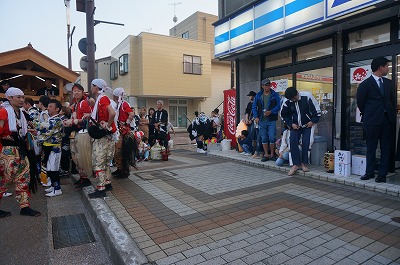
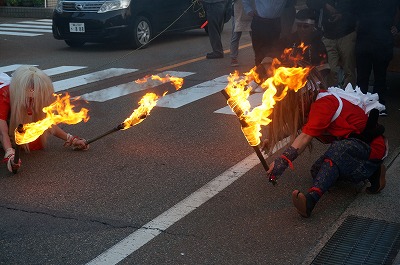
Now, what is a “Iwaibana”? Quite simply, it’s a celebratory dance. When a family had a new house, marriage, or birth of a child, they would pay a lion dance troupe for the celebratory flowers. In response to this, the lion dance troupe would perform in front of the house. Of course, anyone could watch the performance. When the time came, people gathered to watch the performance. At that time, we happened to look for it on the Internet, but in fact, this is very rare case.
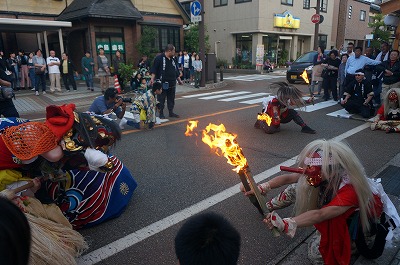
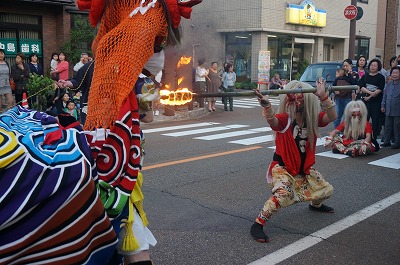
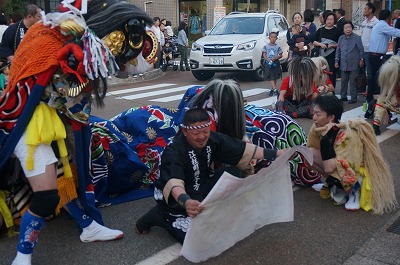
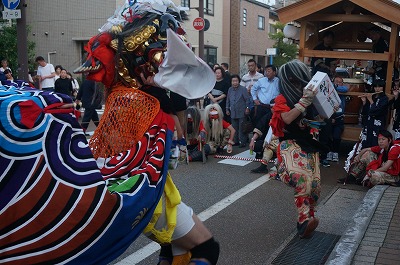
”Iwaibana” is basically the same as the one performed. It’s a lion slayer. However, the most distinctive feature of the performance is that in the middle of the performance, “Koj-jo 口上” (it means a “speech” congratulating the people of the house) is added. The words are fixed, and they say something like, “You have piled up a mountain of money for me”. However, because of the relationship with the house, various ad-libs are added. So it takes nearly an hour. During this time, the traffic is sometimes stopped on one side of the road, but nobody complains about it. Passers-by are eager to watch from even the other side of the road. This is the only day the lion dance is allowed to go unchallenged.
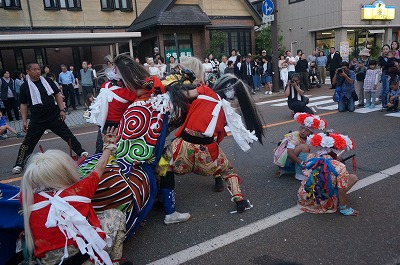
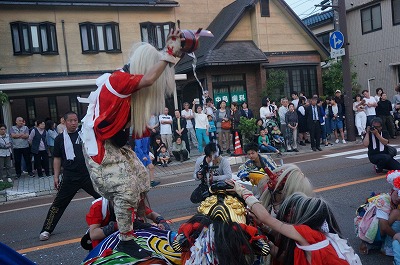
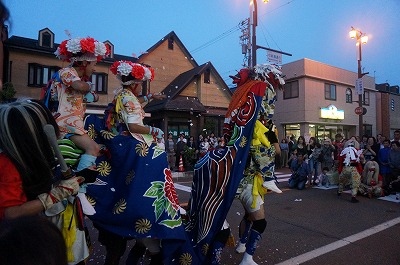
The sort of evening session of “Iwaibana” can continue until quite late, but you have to know where it takes place. If you are not a local, you can’t find it, but by that time, you can’t see it well because the crowds of people are like a mountain. So I had one idea. The idea was to follow people as they walked along, so that we could see the performance. Of course, it was a kind of a gamble, but I think it was a very effective strategy.
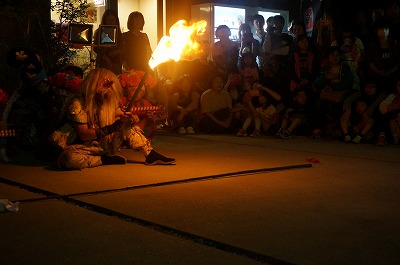
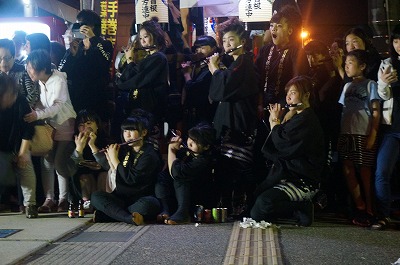
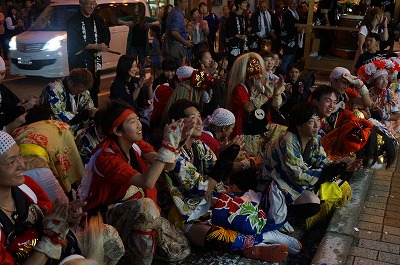
As a result, I was able to take a closer look at two of them afterwards. One of them was quite exciting because the house we visited was one of the lion dance troupe members.
The last train back to Takaoka was around 9:30. The lion dance was going on until just before that time, and it seemed to be going on for a long time.
While I was watching one of the lion dances, I heard the words of a girl. “Everyone comes to see Sakuramachi, don’t they?”
I think it’s already said that the lion dance in your town is the best thing you can do.
I remember feeling very jealous on the train home.
